Le Harve, France. 14th October.
Awesome day.
I went on a tour to Normandy and the D Day beaches.
A ten hour tour. It was great.
World War 11. Germany had occupied France. On Tuesday, 6 June 1944 (known as D Day) the western allies (US, Britain, Canada and Free French forces, Polish, Belgium, Czechoslovakia, Greece and the Netherlands participated in the ground campaign; most also provided air and naval support alongside Australian, NZ and Norwegians.
It was an amphibious attack with the ships coming in under cover of darkness. The tide was very low and the soldiers had to wade through a huge distance of shallow water. The beach was heavily mined, barbed wired and iron crosses and the Germans had excellent gun positions on cliff tops. A strong wind blew them slightly off the landing positions that were bombarded.
Our tour headed off at 7.30am. It was still dark. Light at 8.30. They are on the edge of a time zone. It must be terrible in winter.
We crossed a great bridge over the Seine River…but in the dark.
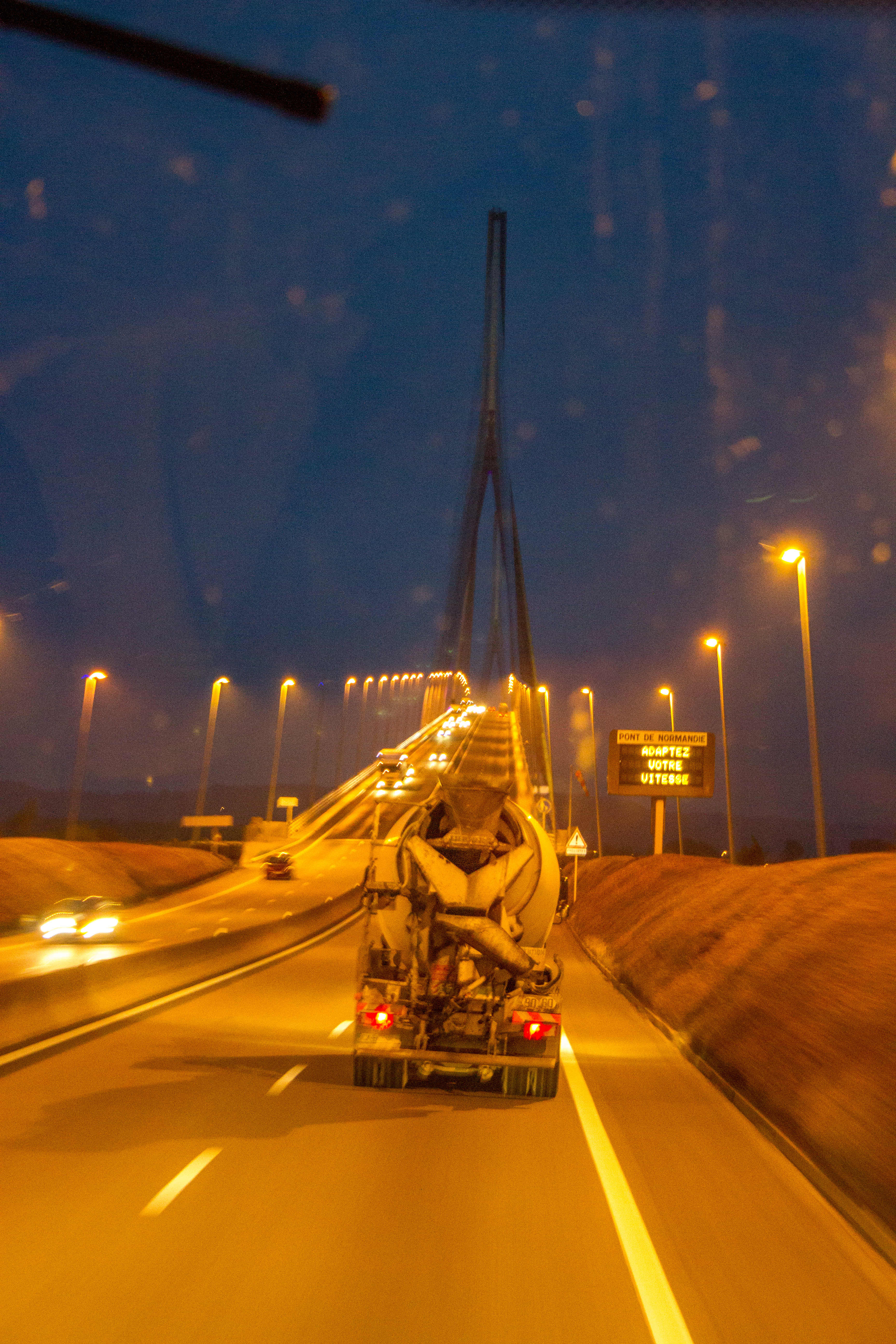
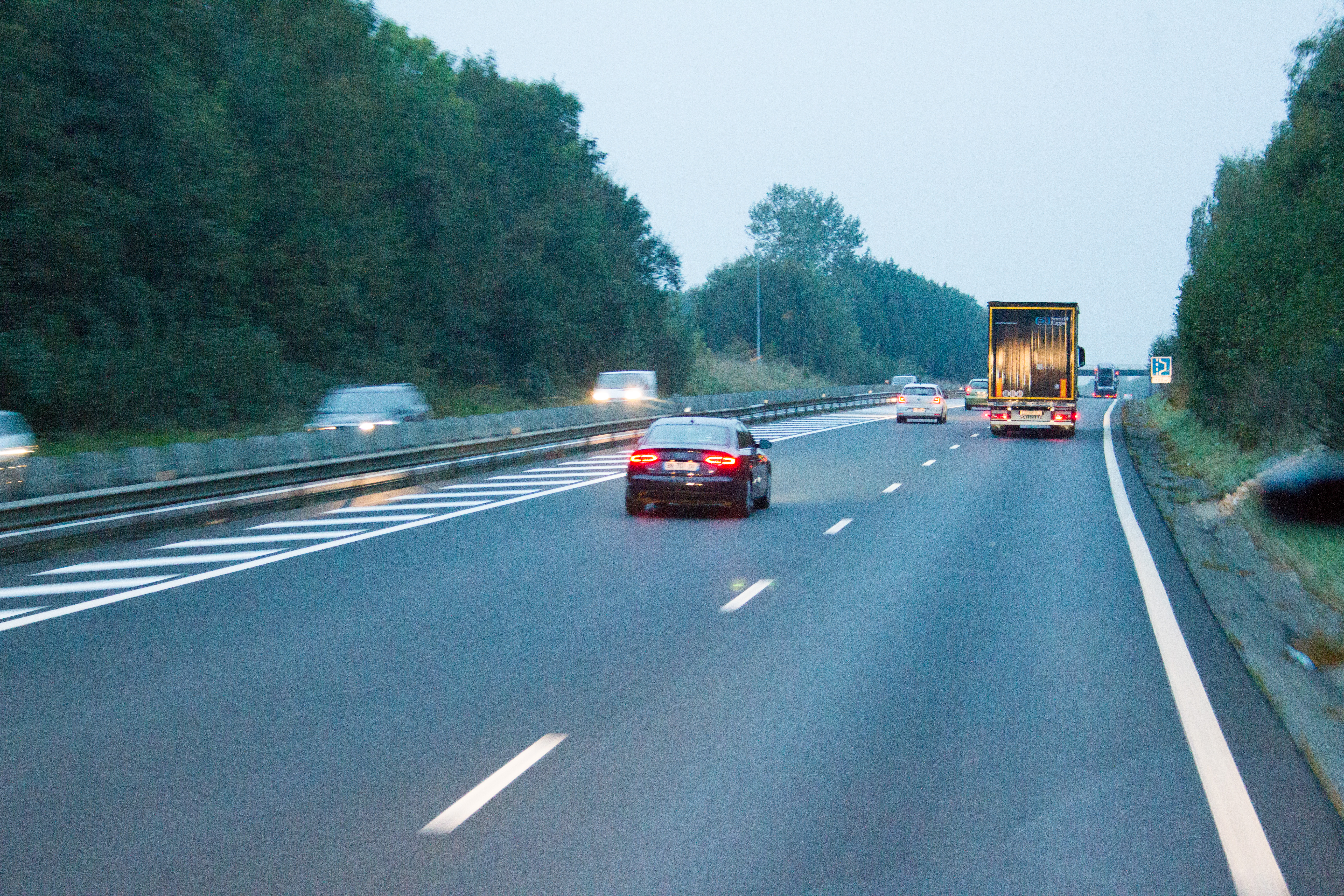
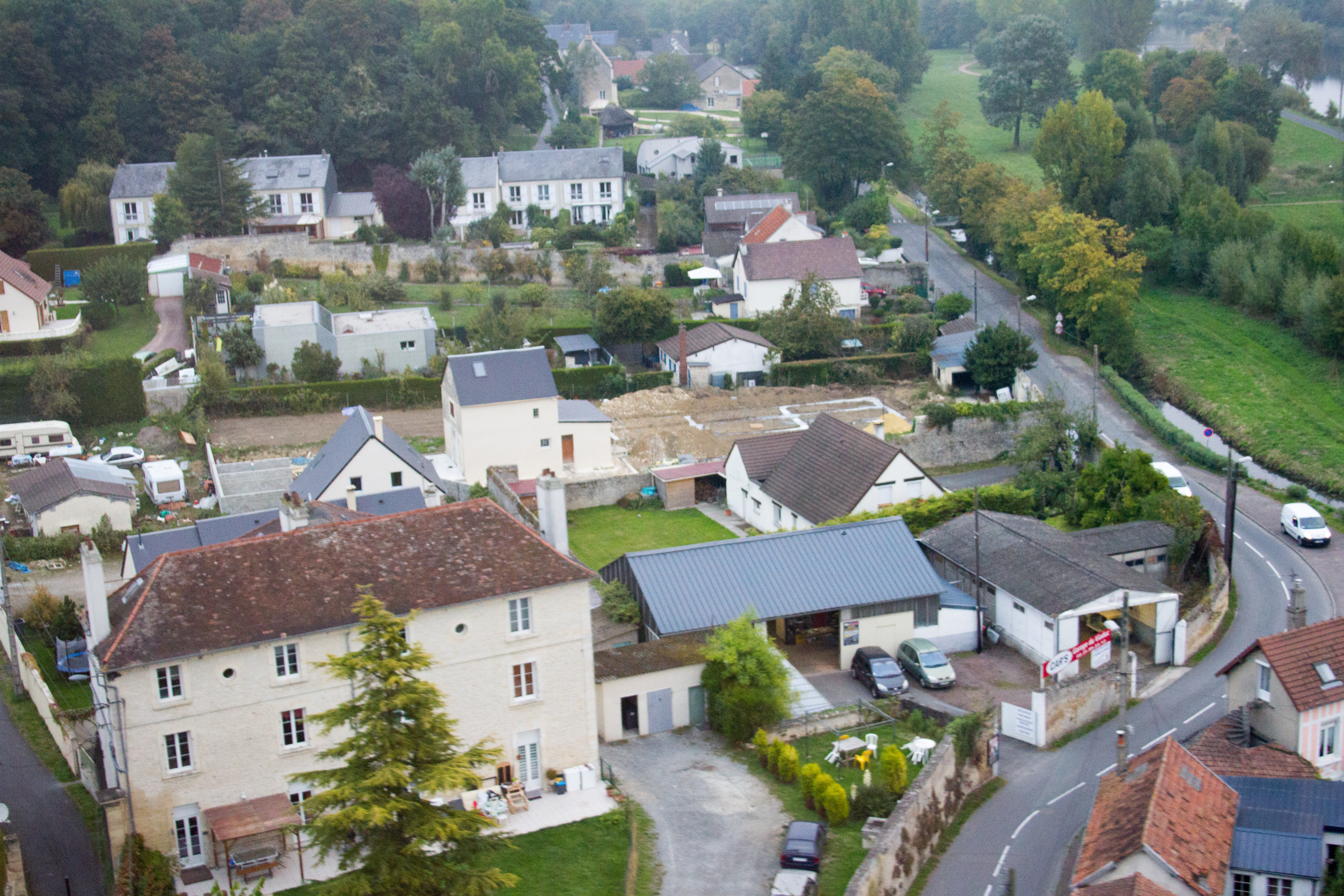
When it was finally light we could see that we were driving through some great country. Intensive farming with amazing buildings. Mainly small dairy and small meat cattle places, and horse studs. Warmbloods and thoroughbreds.
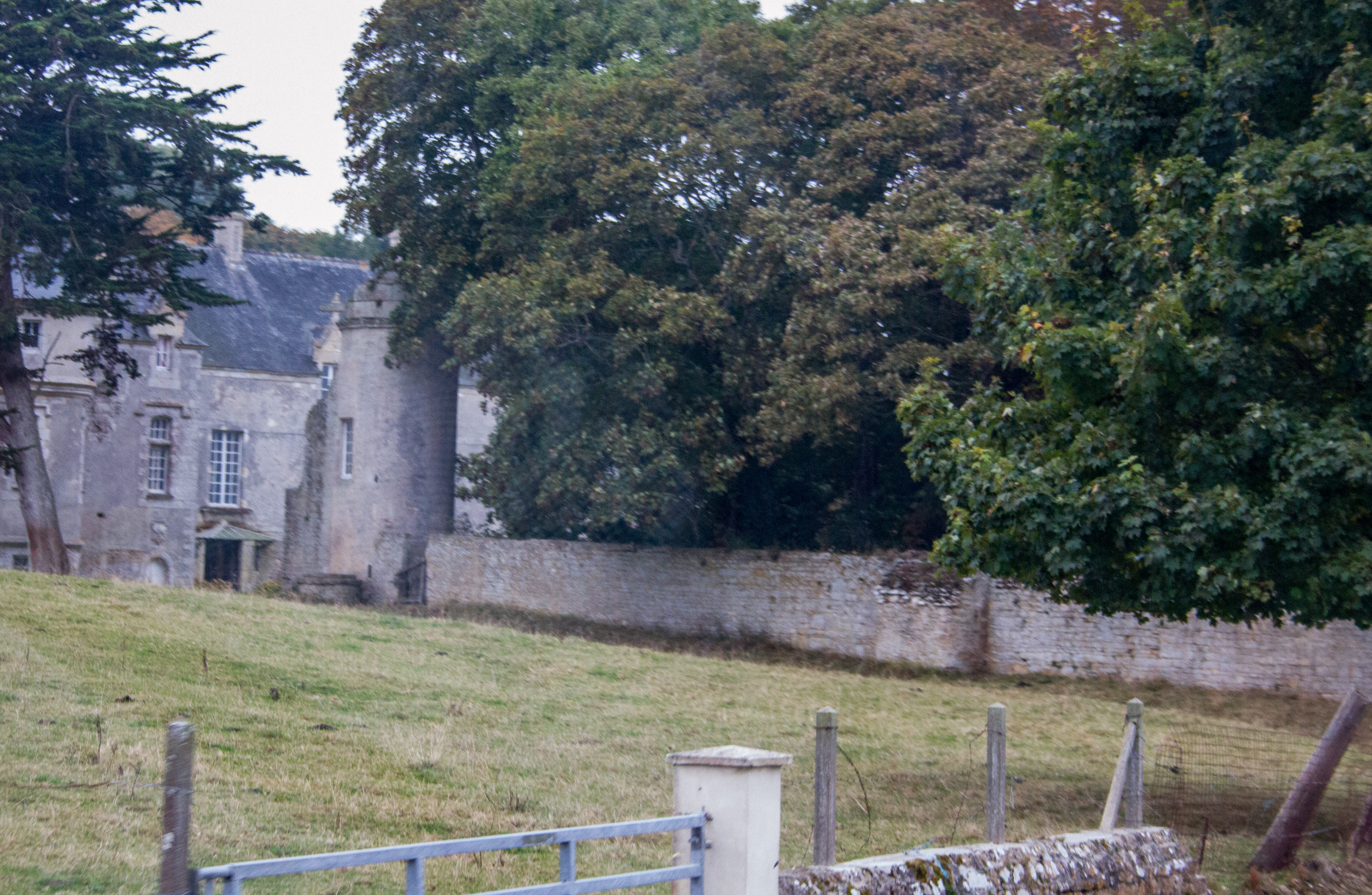
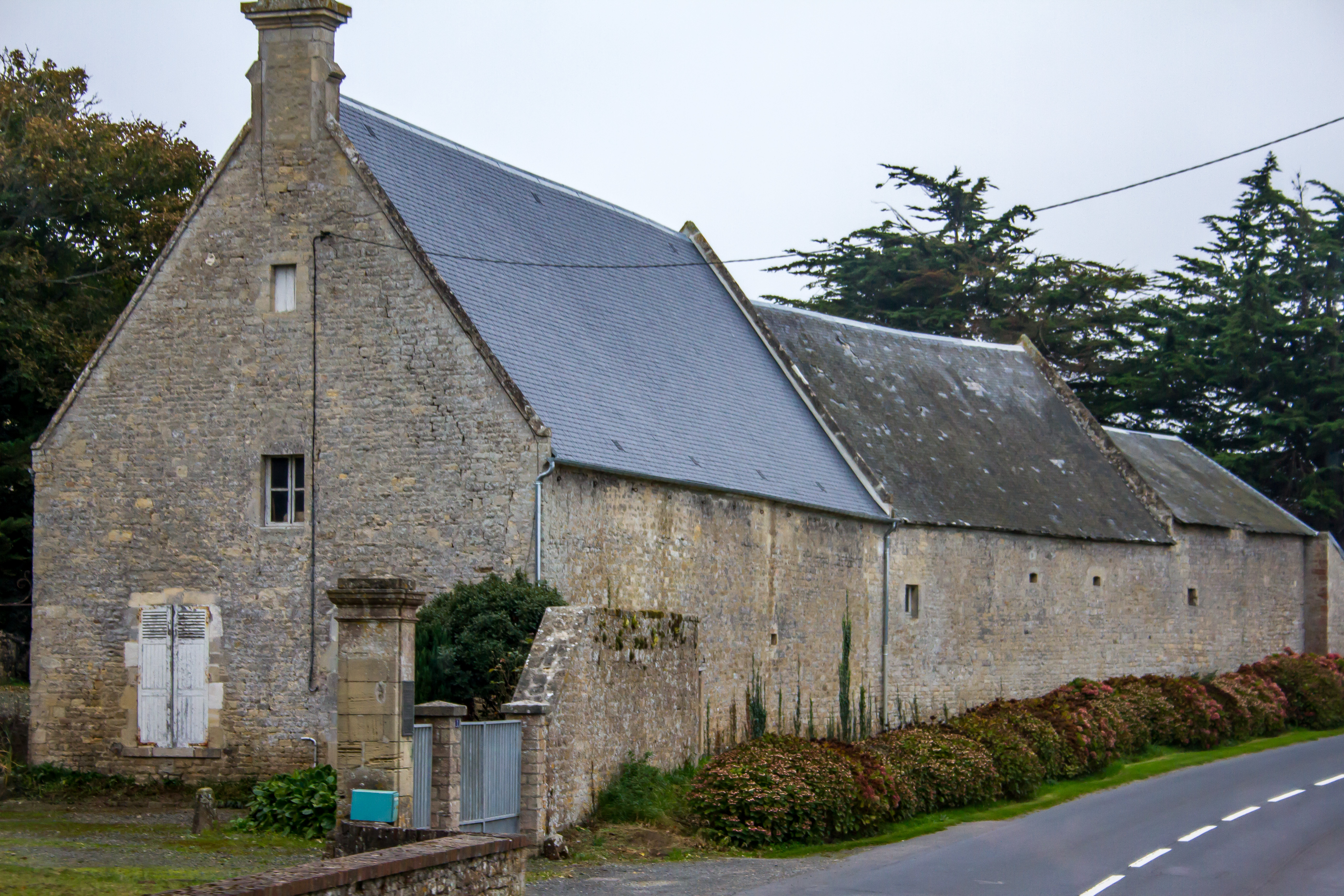
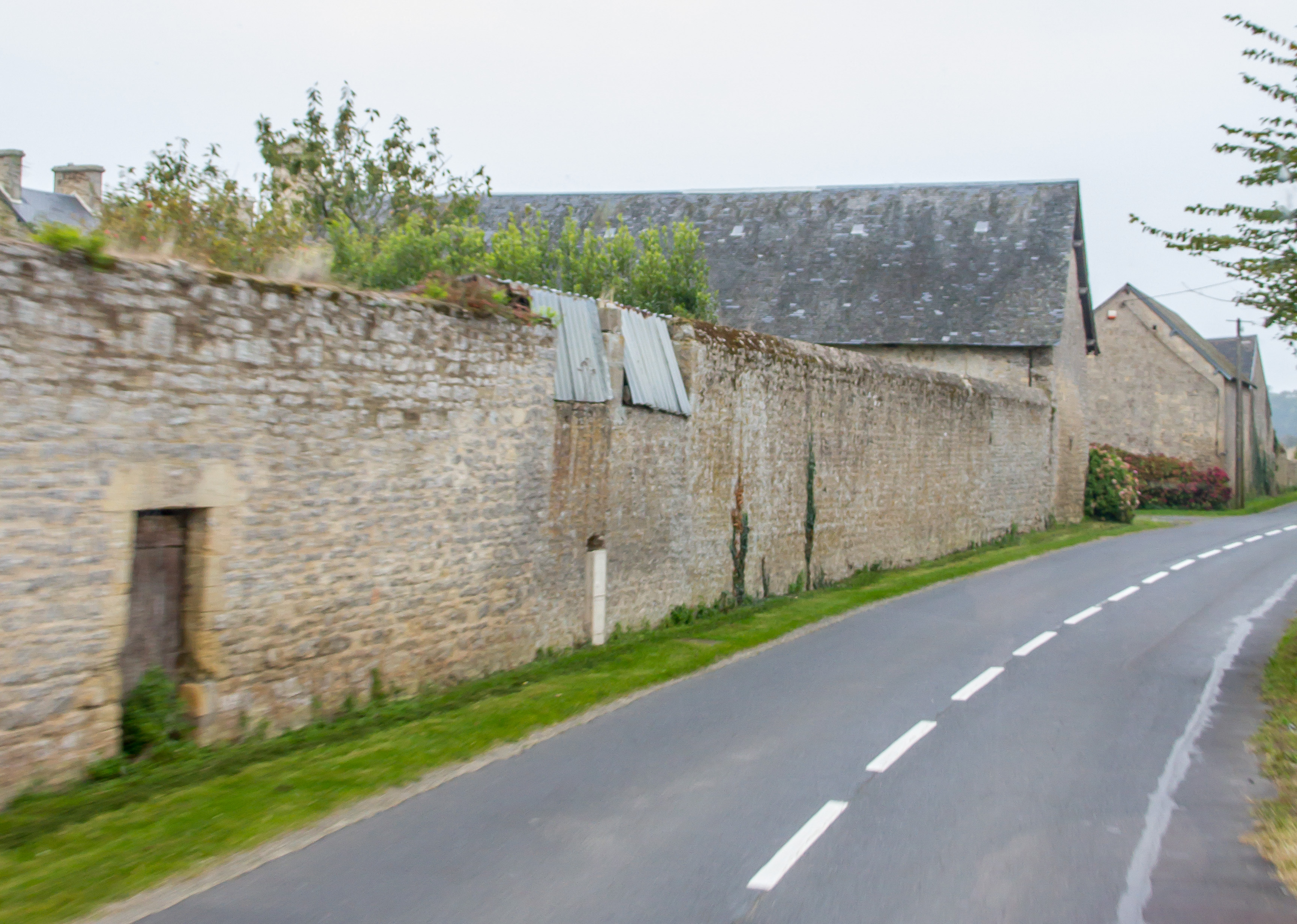
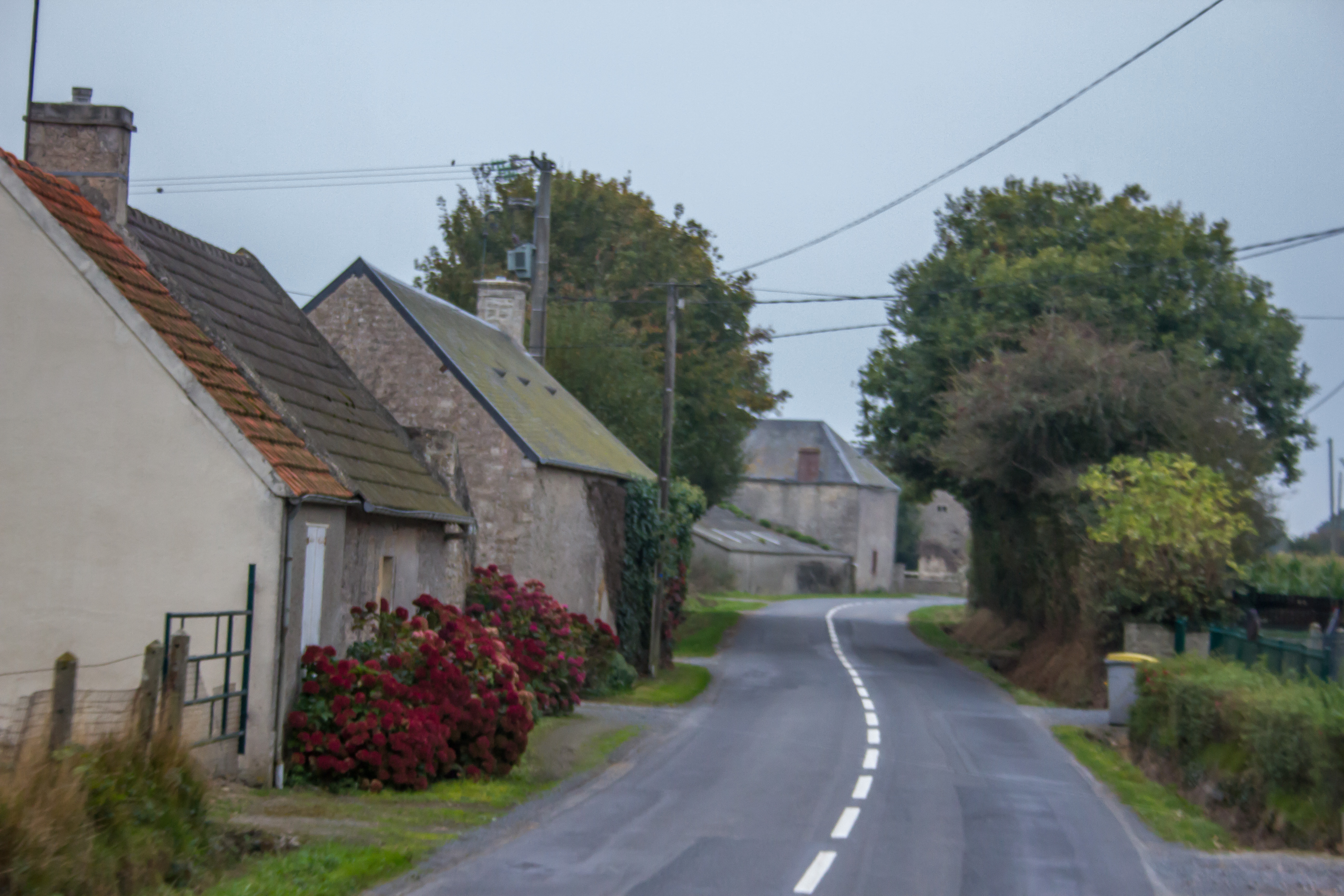
And so many amazing stone walls and houses. Twisting narrow roads between. The walls of most of the houses are flat up against the roads. It must have been terrifying living there in 1944. Tanks rumbling past your bed. Then bombs and battles.
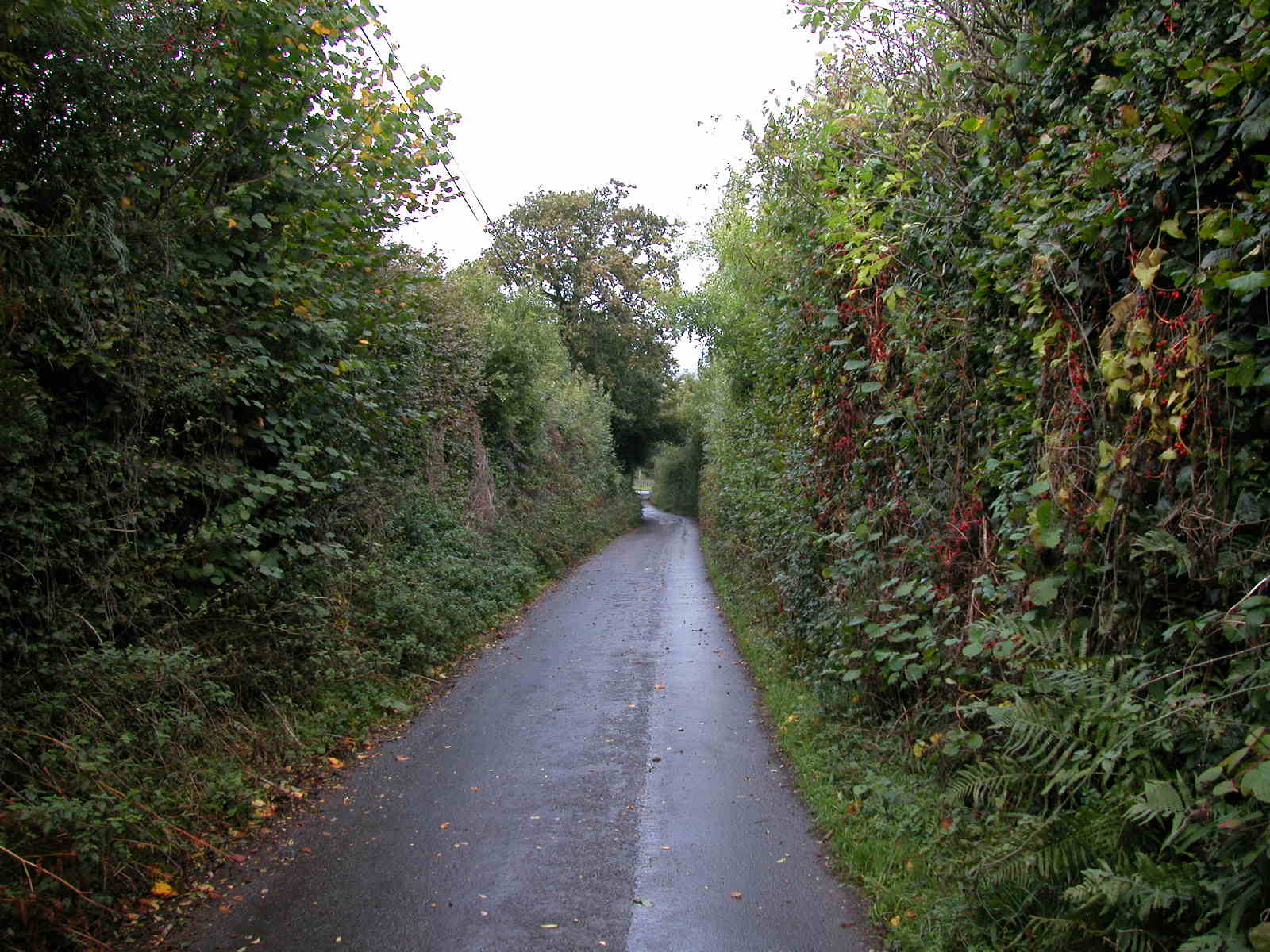
Then we saw the hedge rows. Paddocks were fenced with incredibly thick hedge rows. A few meters thick and virtually impenetrable. And not bush hedges – great thick trunks of ancient plants, standing five metres high. They included pear and apple trees. You could not see through them let along get through them. After the Allies had taken Normandy, they then were into the “Hedgerow Wars”, also known as the Battle of Bocage, which again were devastating, as the soldiers were stuck. Tanks were eventually modified to cut through them.
Our fist stop was at the headland between Utah Beach and Omaha beach. Not their original names. the names given them in the planning of D Day. As a sign of respect the French renamed them all.
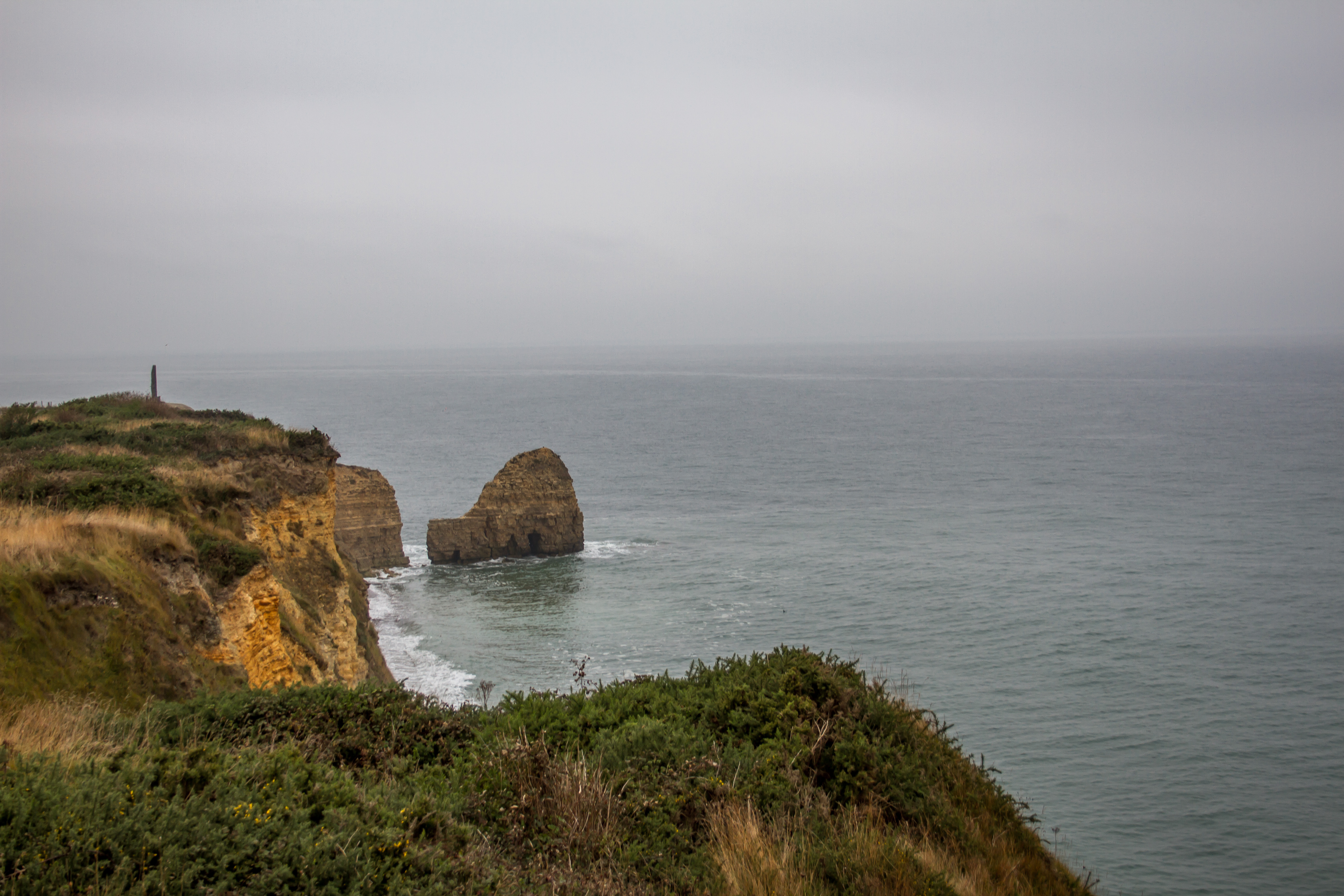

It was a huge headland with sweeping views over the two beaches. The beaches had 30meter sheer cliffs after the beach. The Germans were well set up with huge guns that coved both beaches. The Ranger teams were tasked with the objective of securing an eight kilometres beachhead. Not much went as planned. There were heavy casualties. 90%.
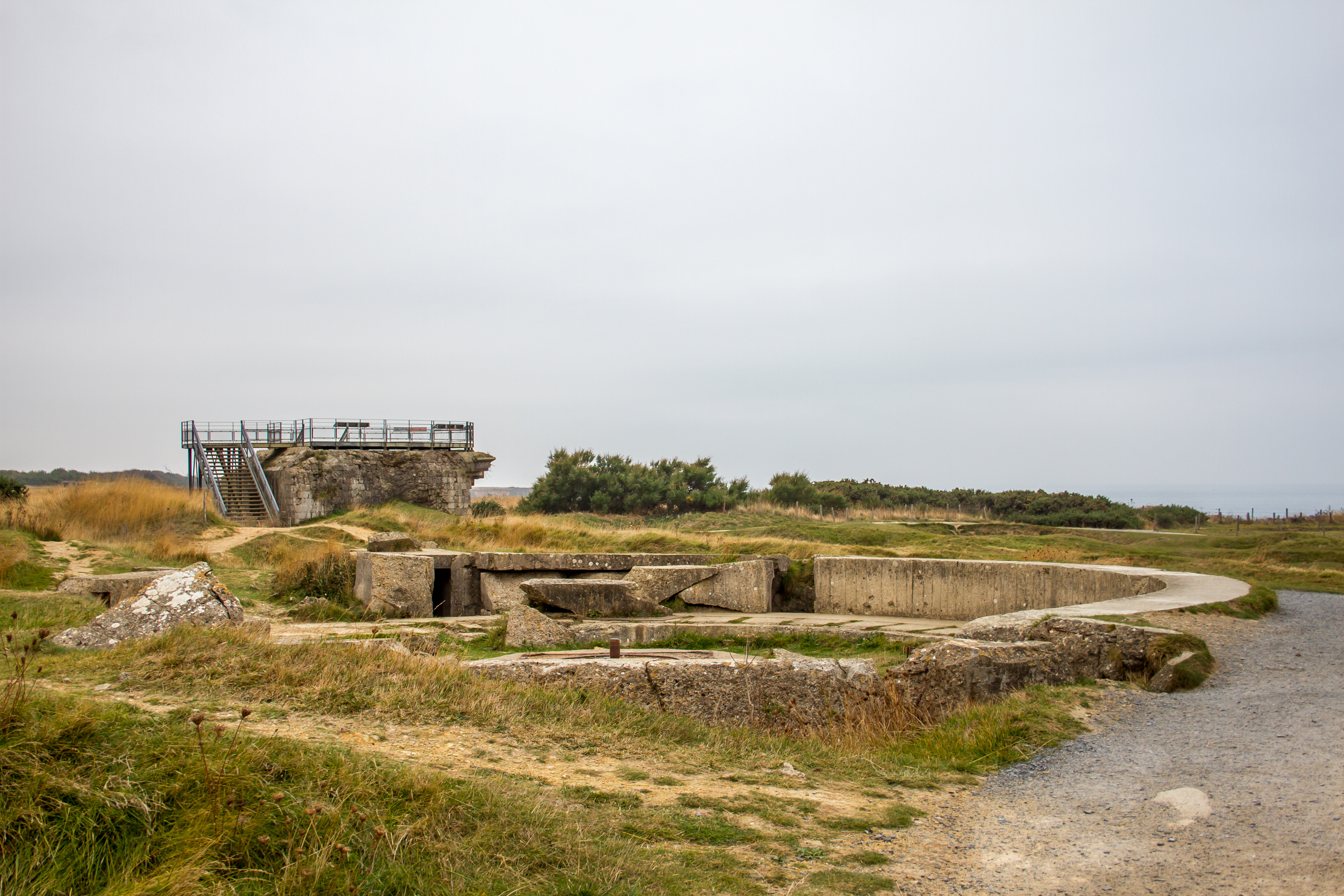
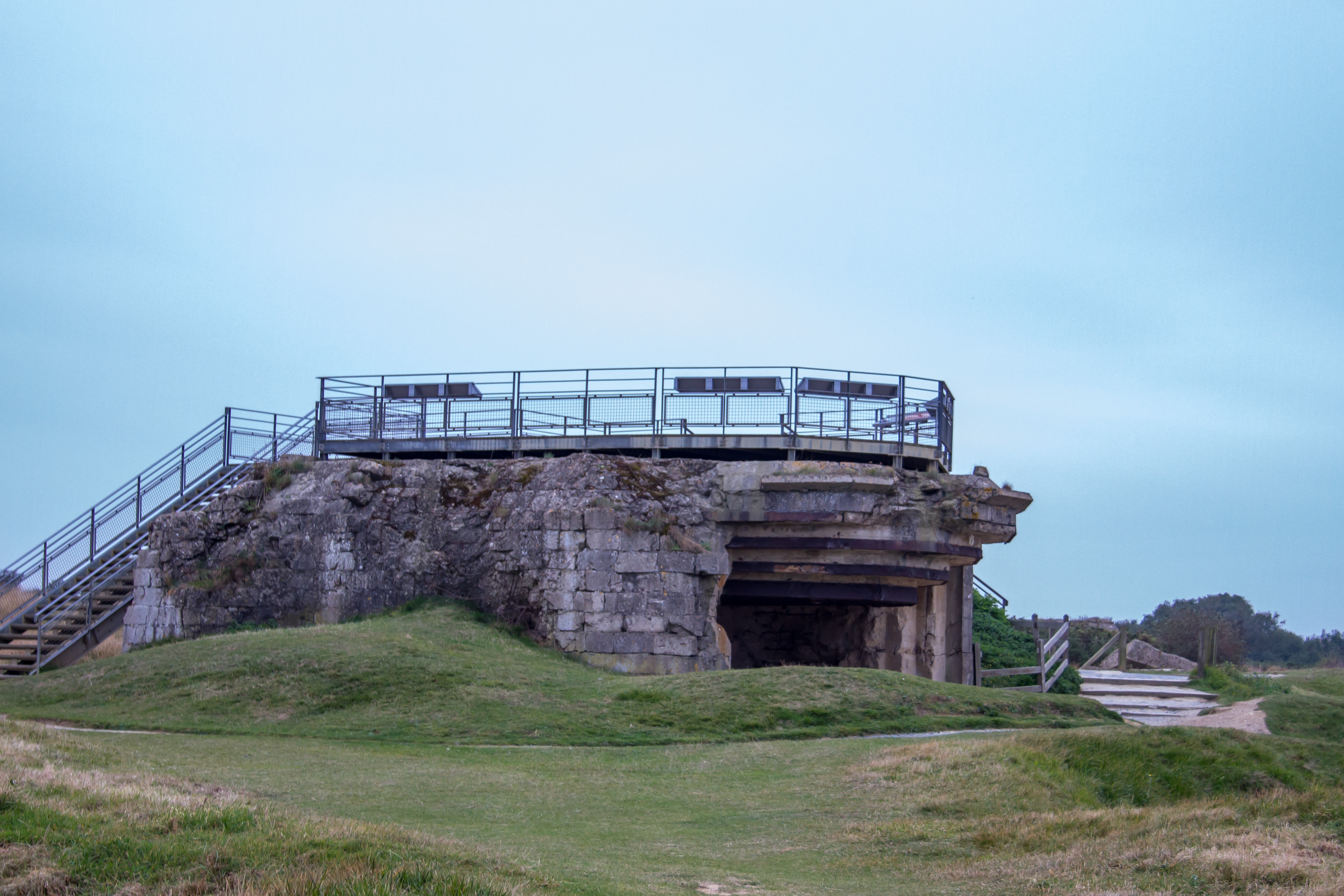

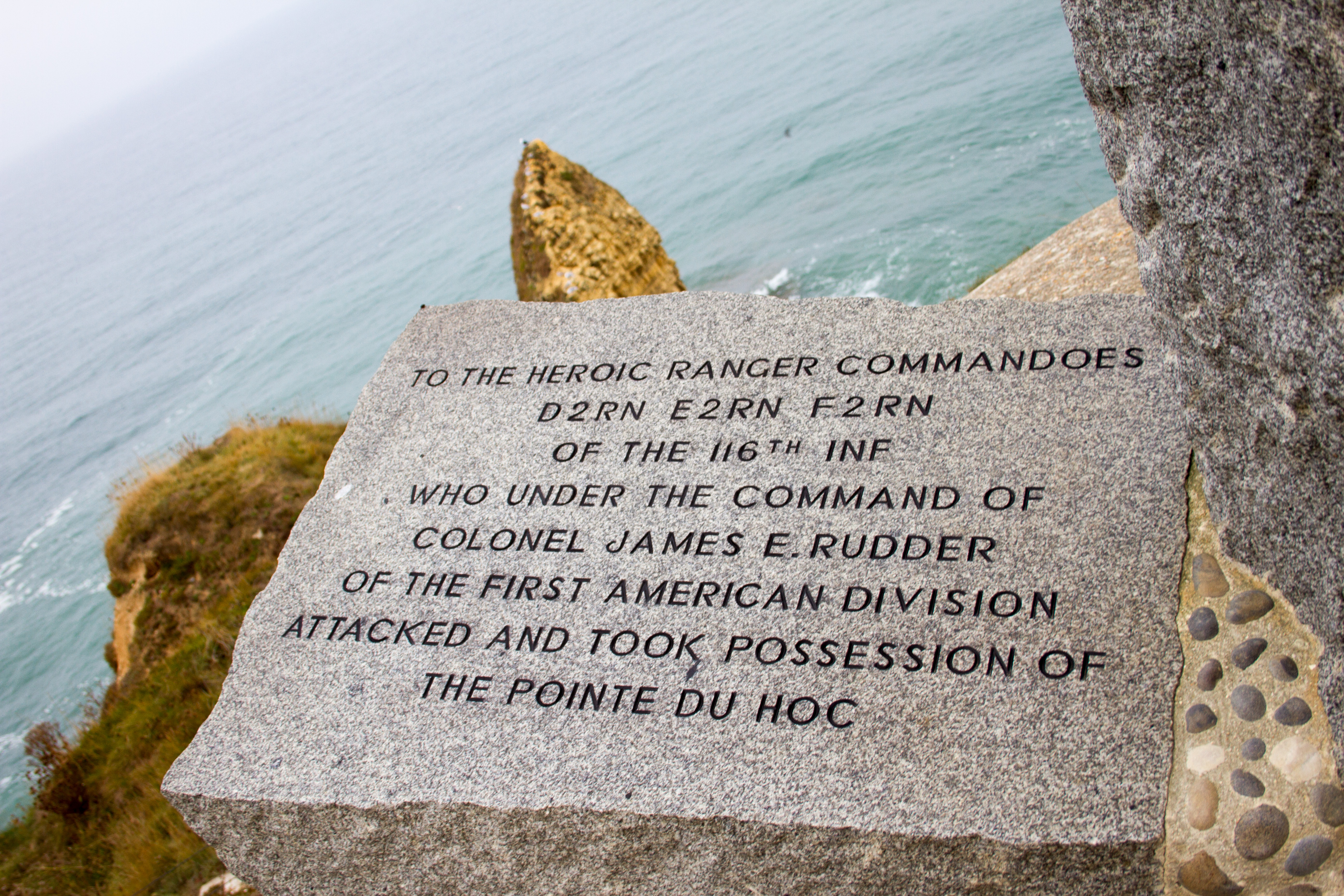
Generals on the ships were confused as to why the beaches were green. Dead and injured soldiers!
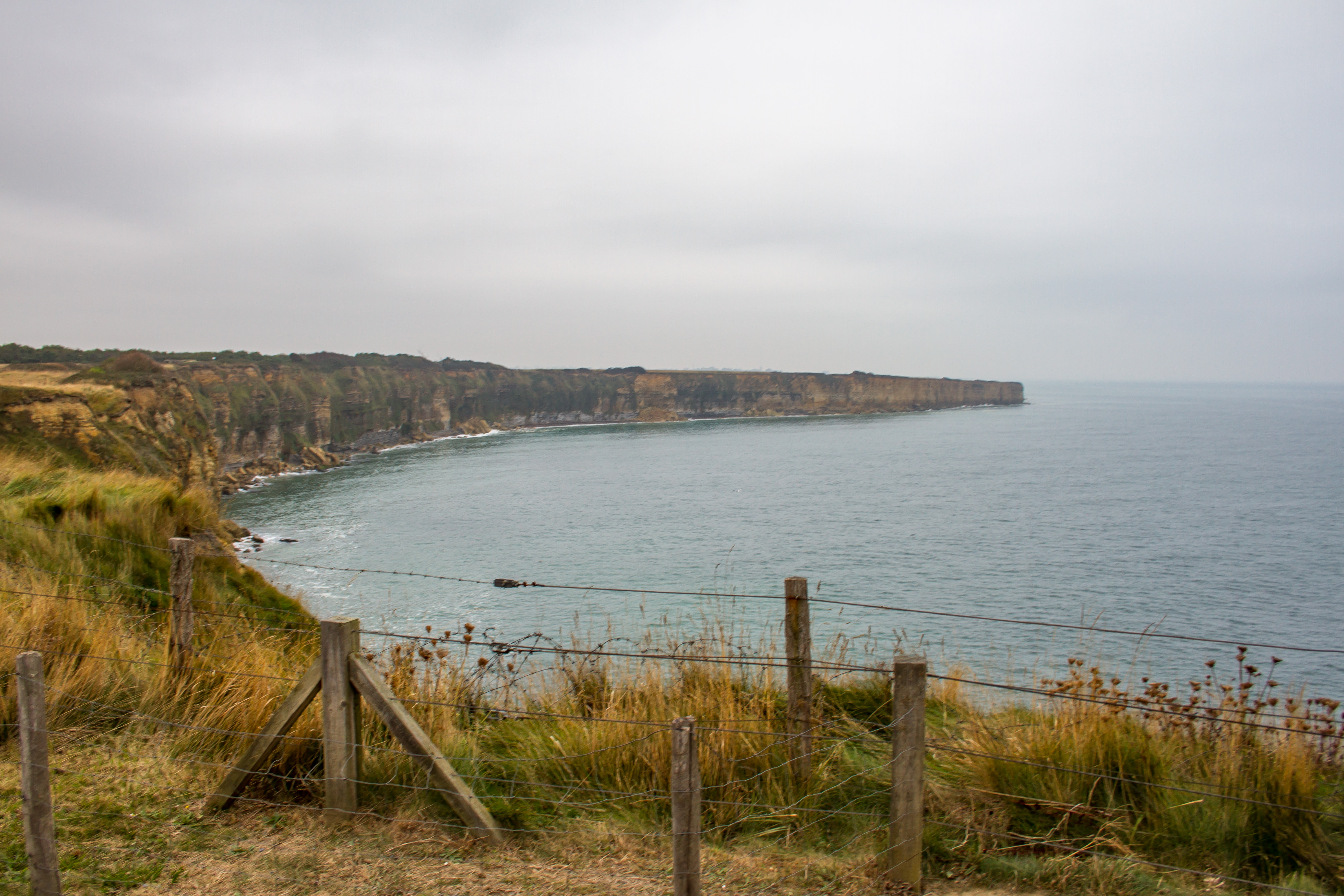
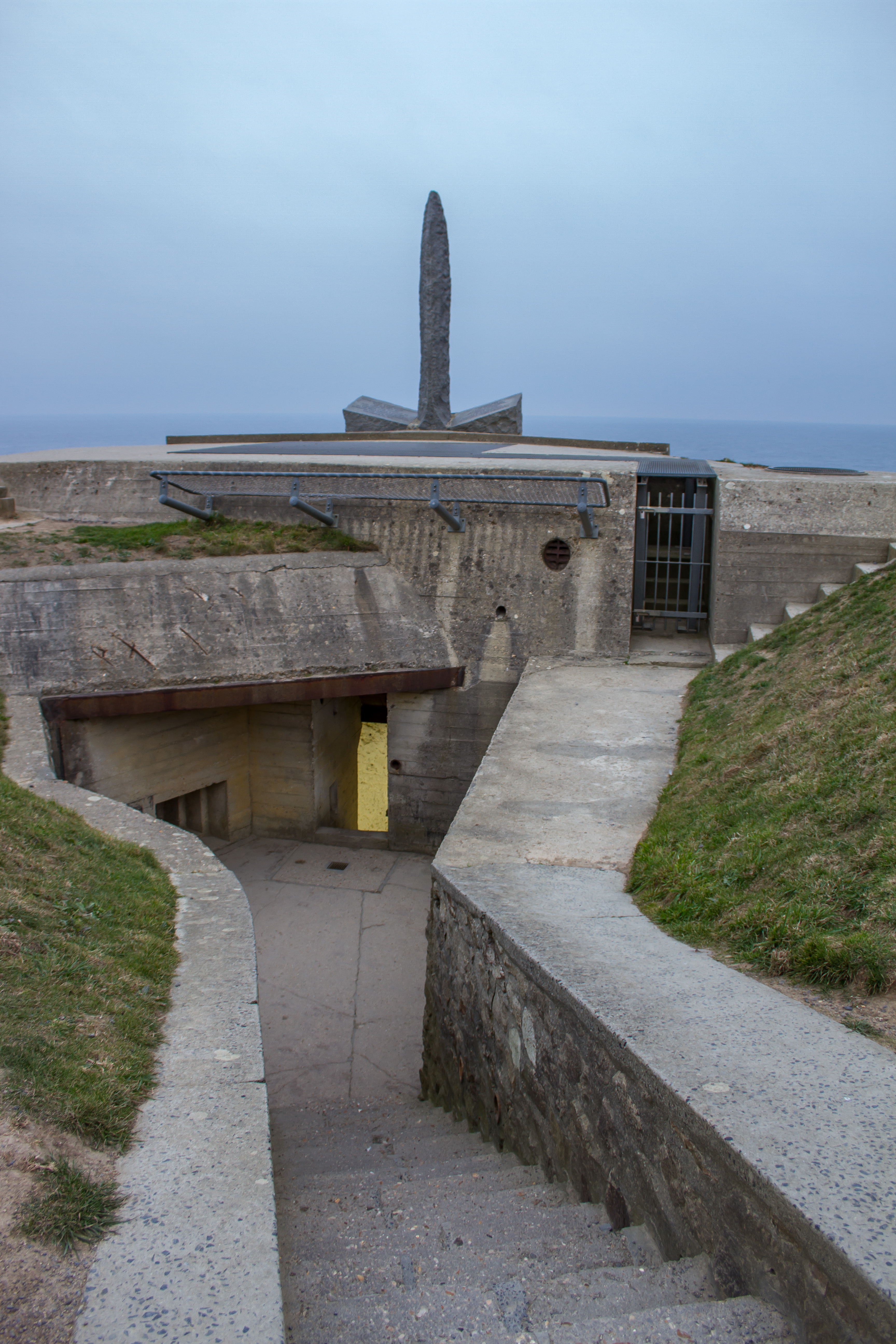
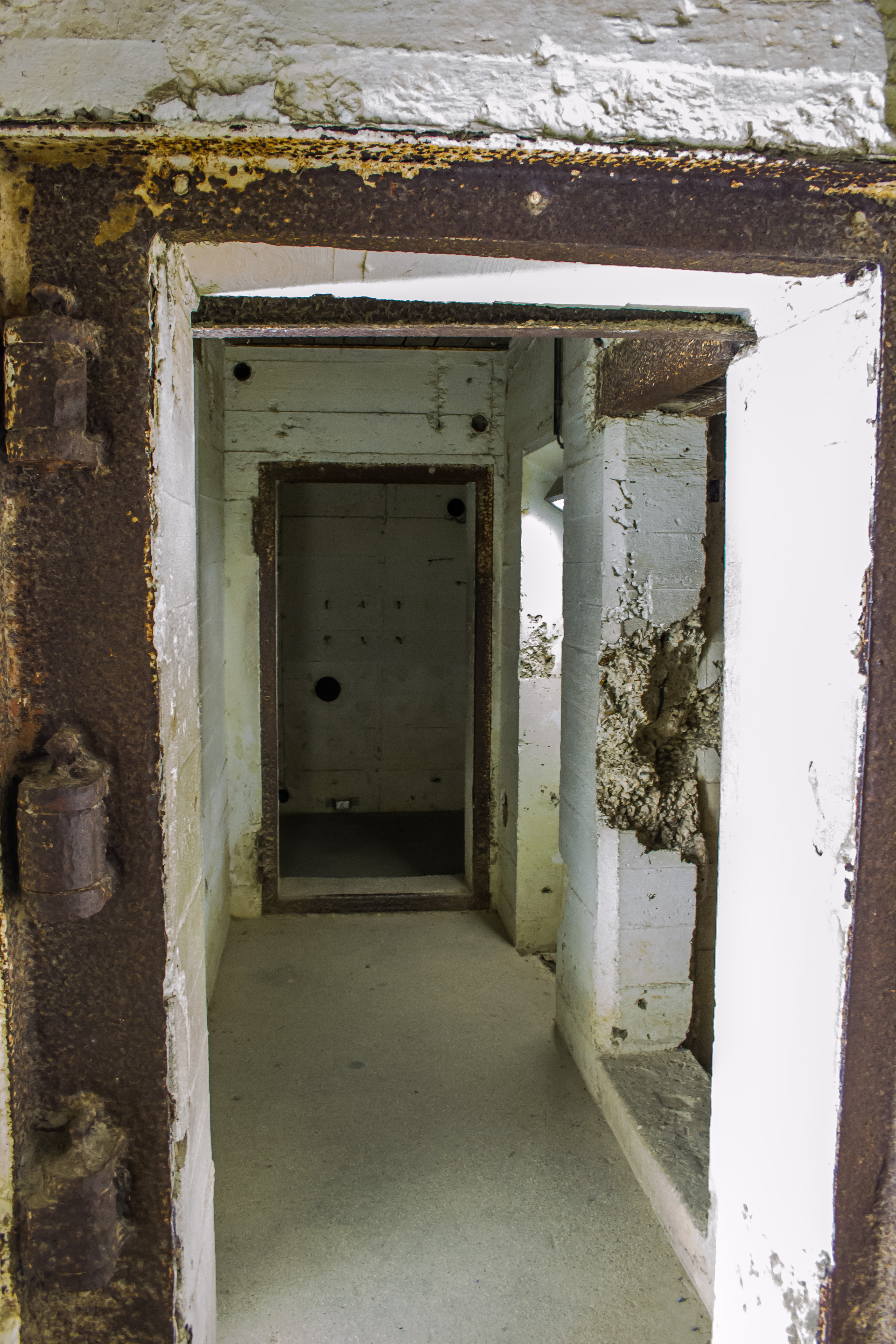
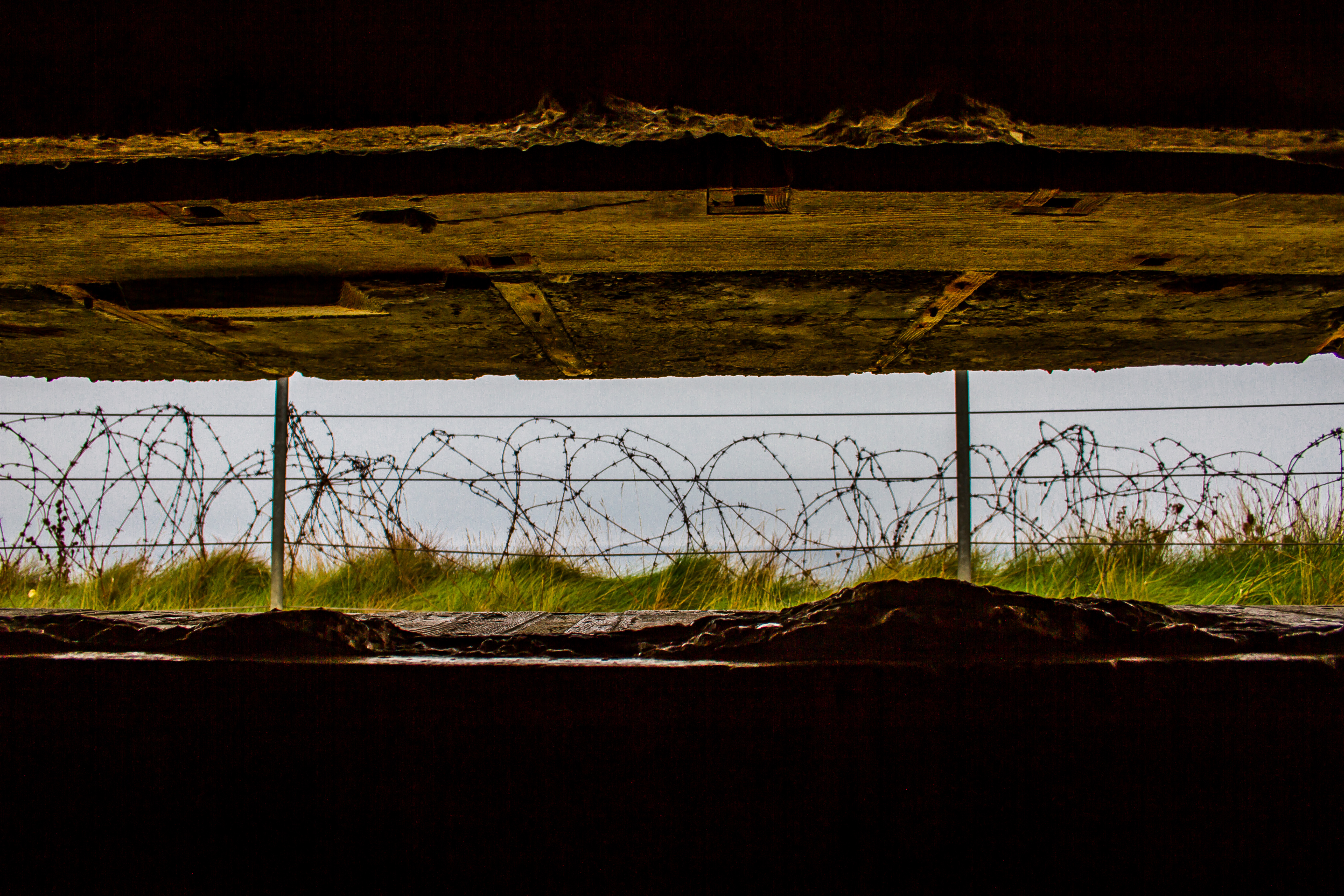
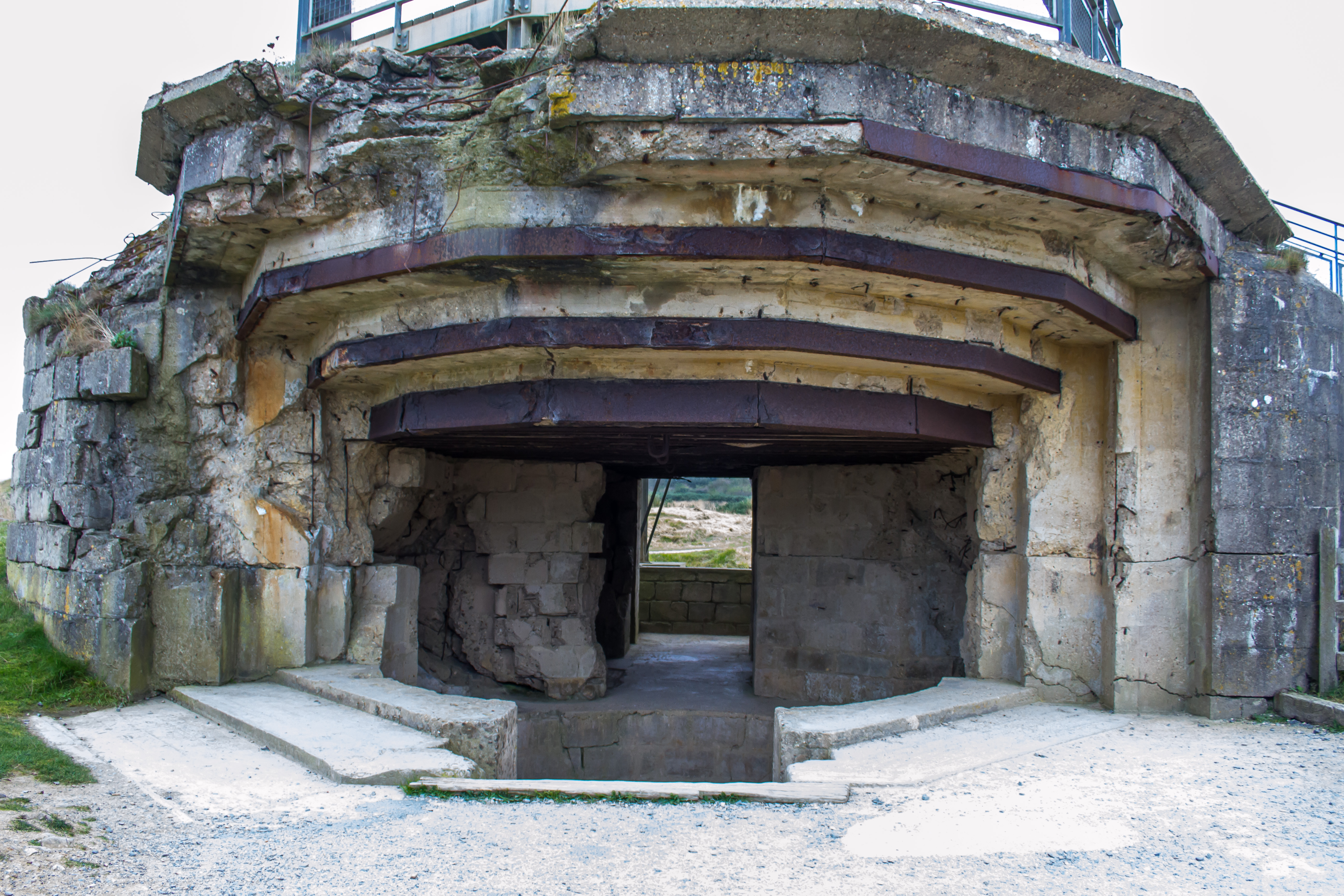
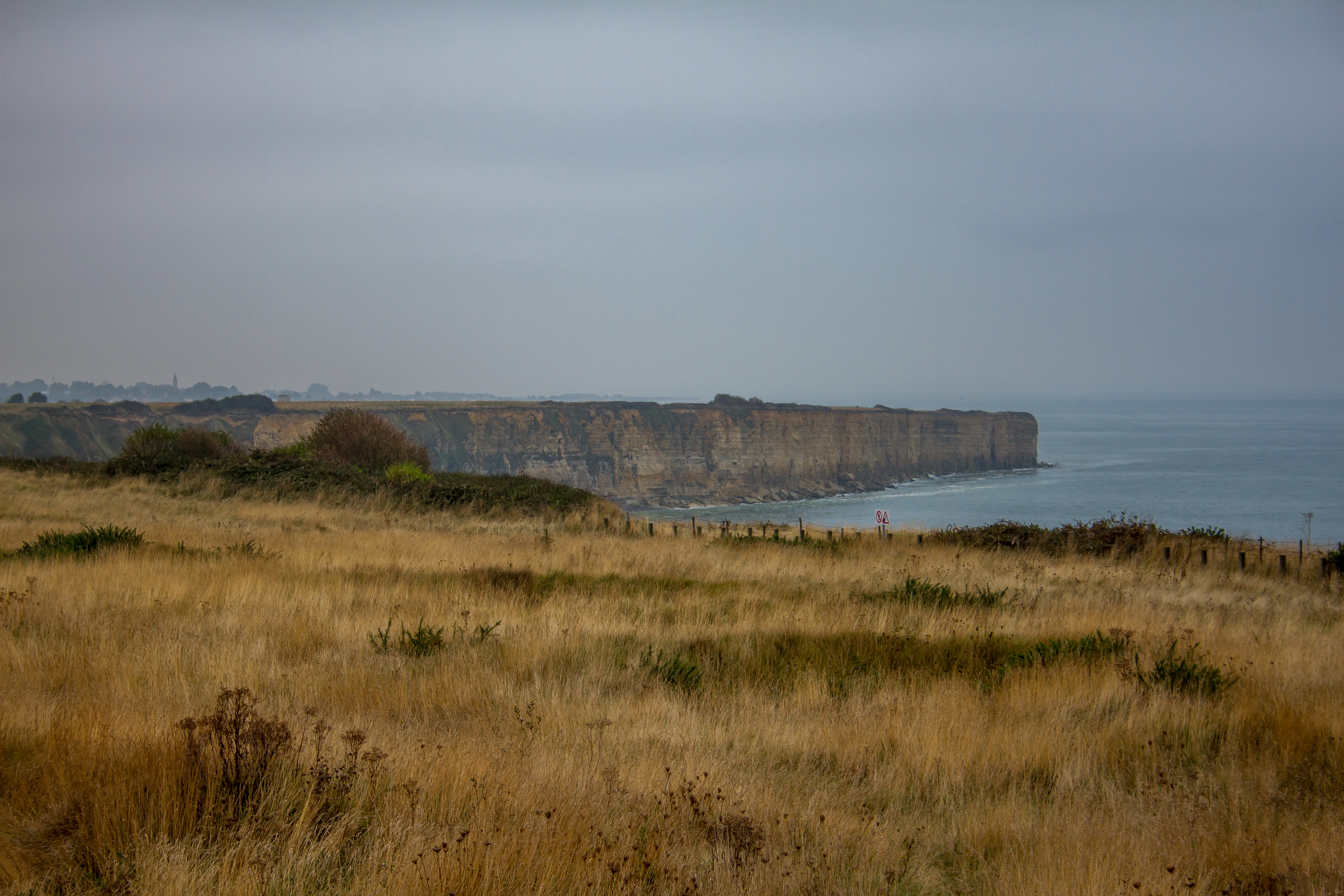
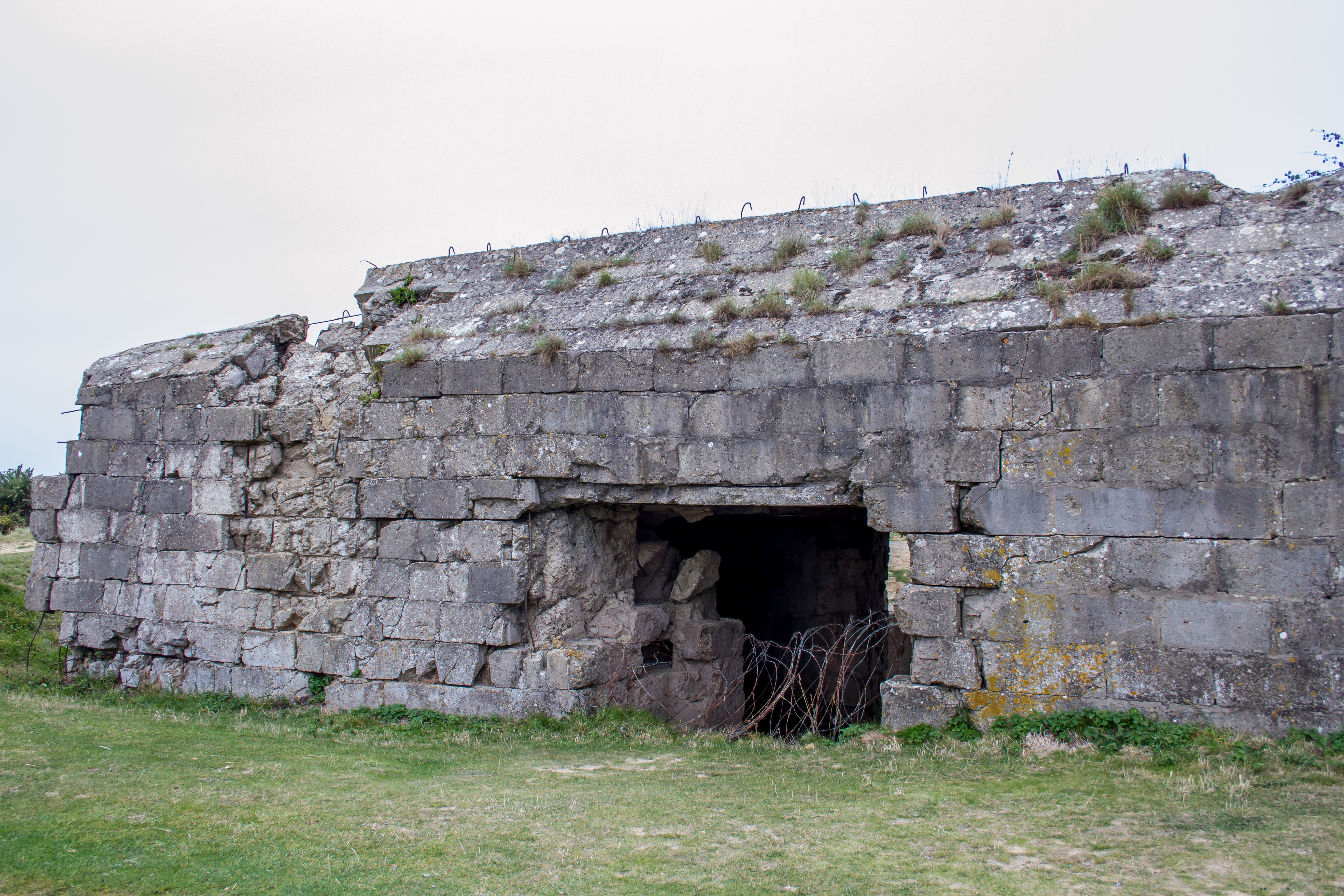
Amazing towns.

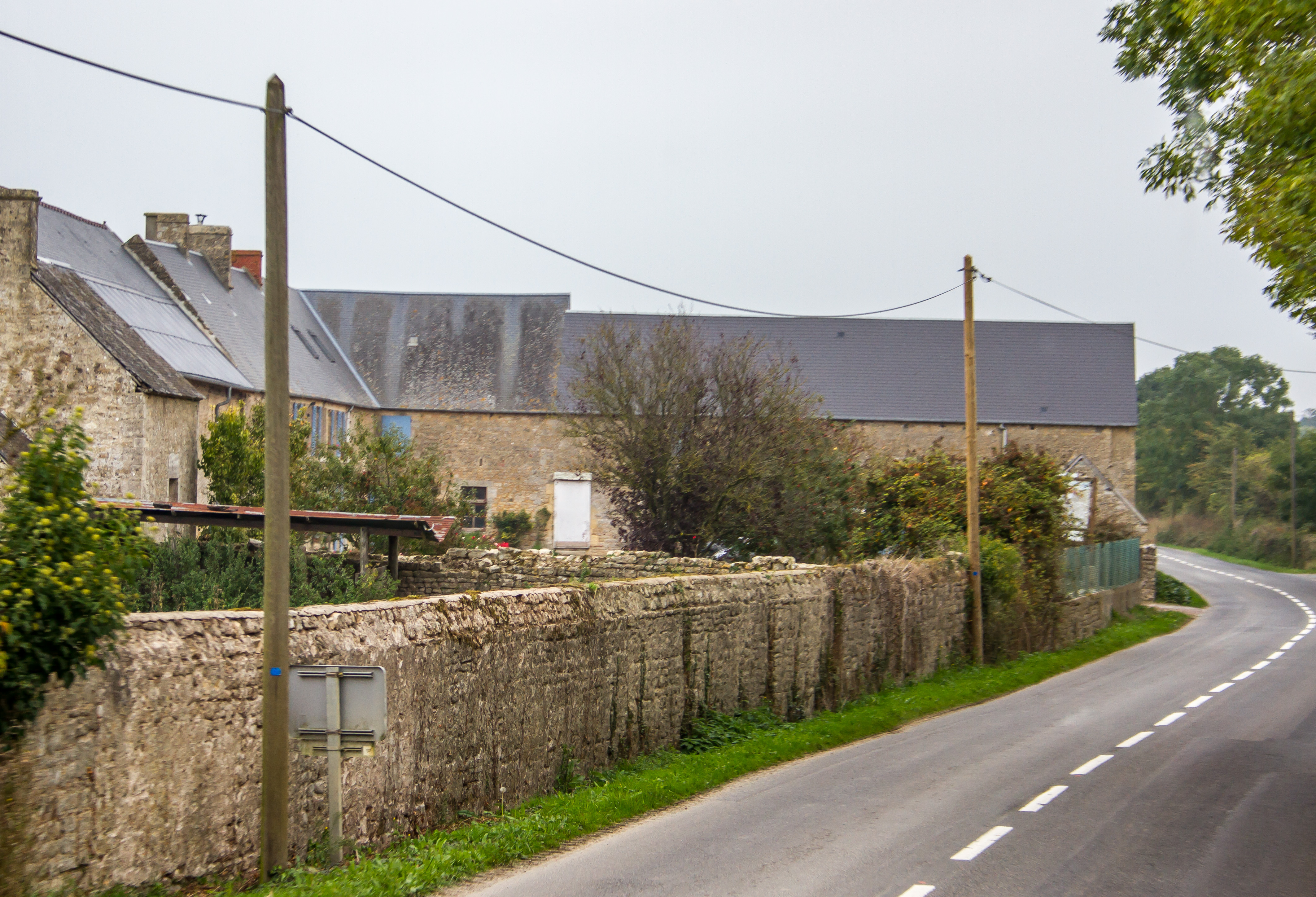

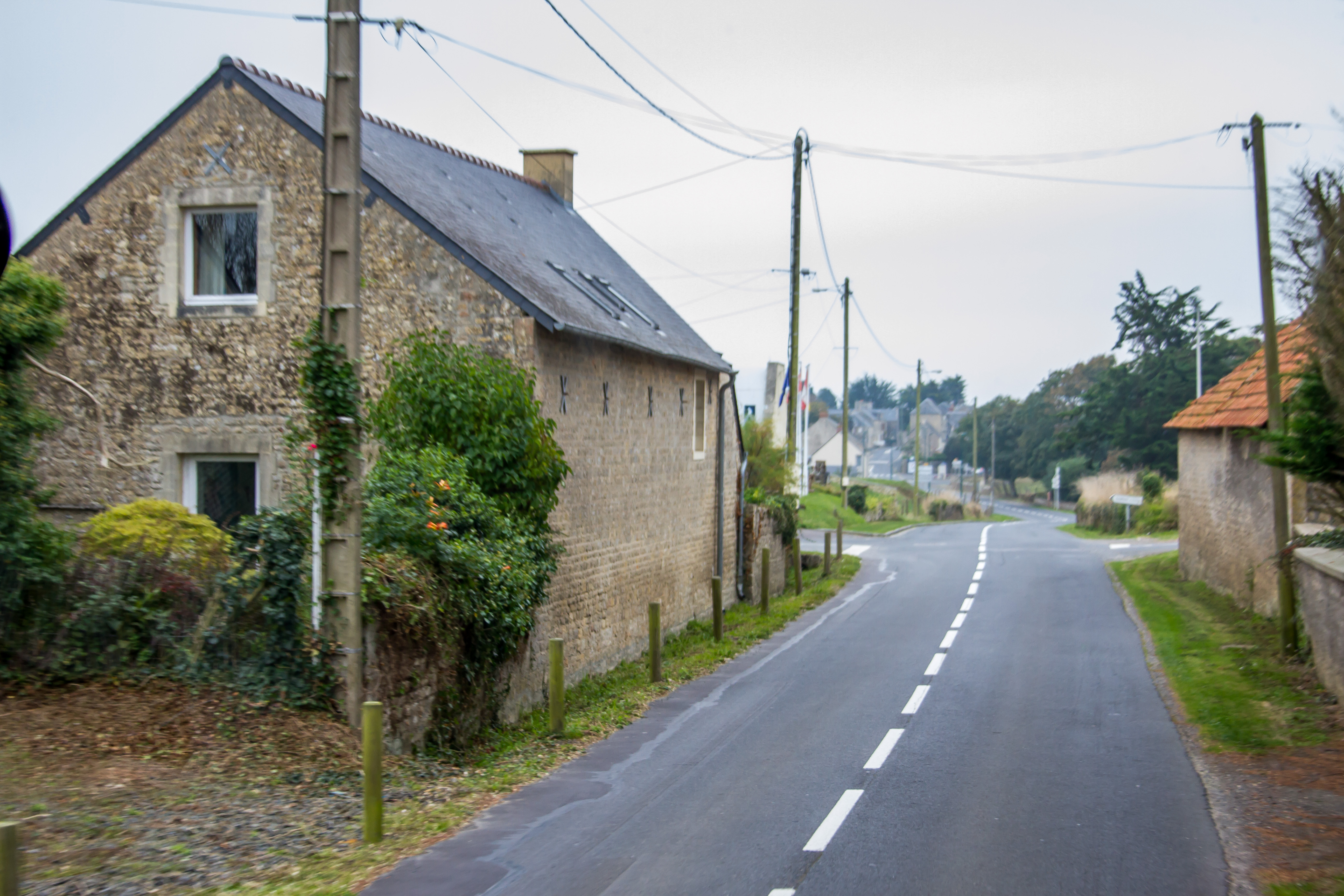
Then a stop at Mulberry “A”.
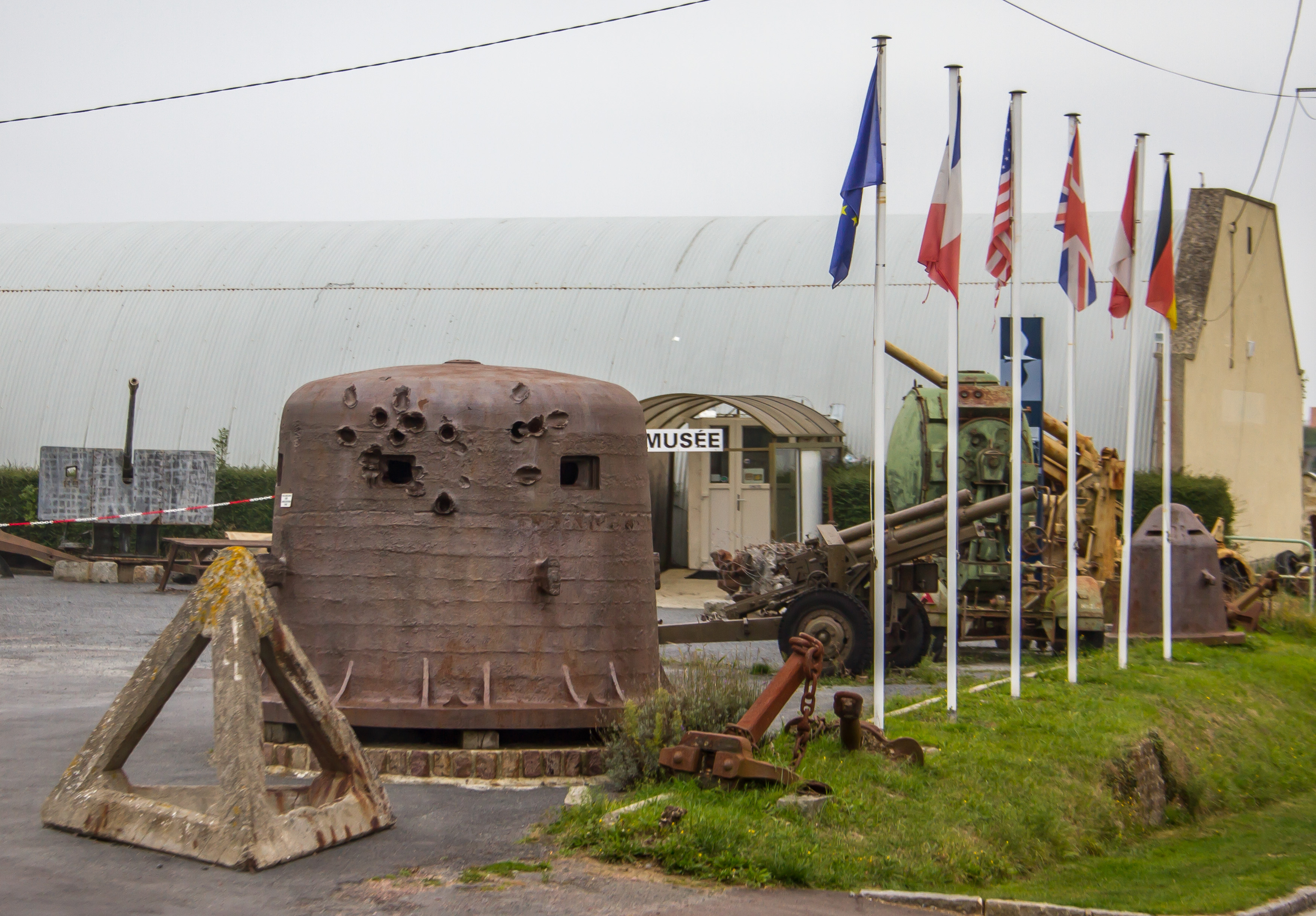

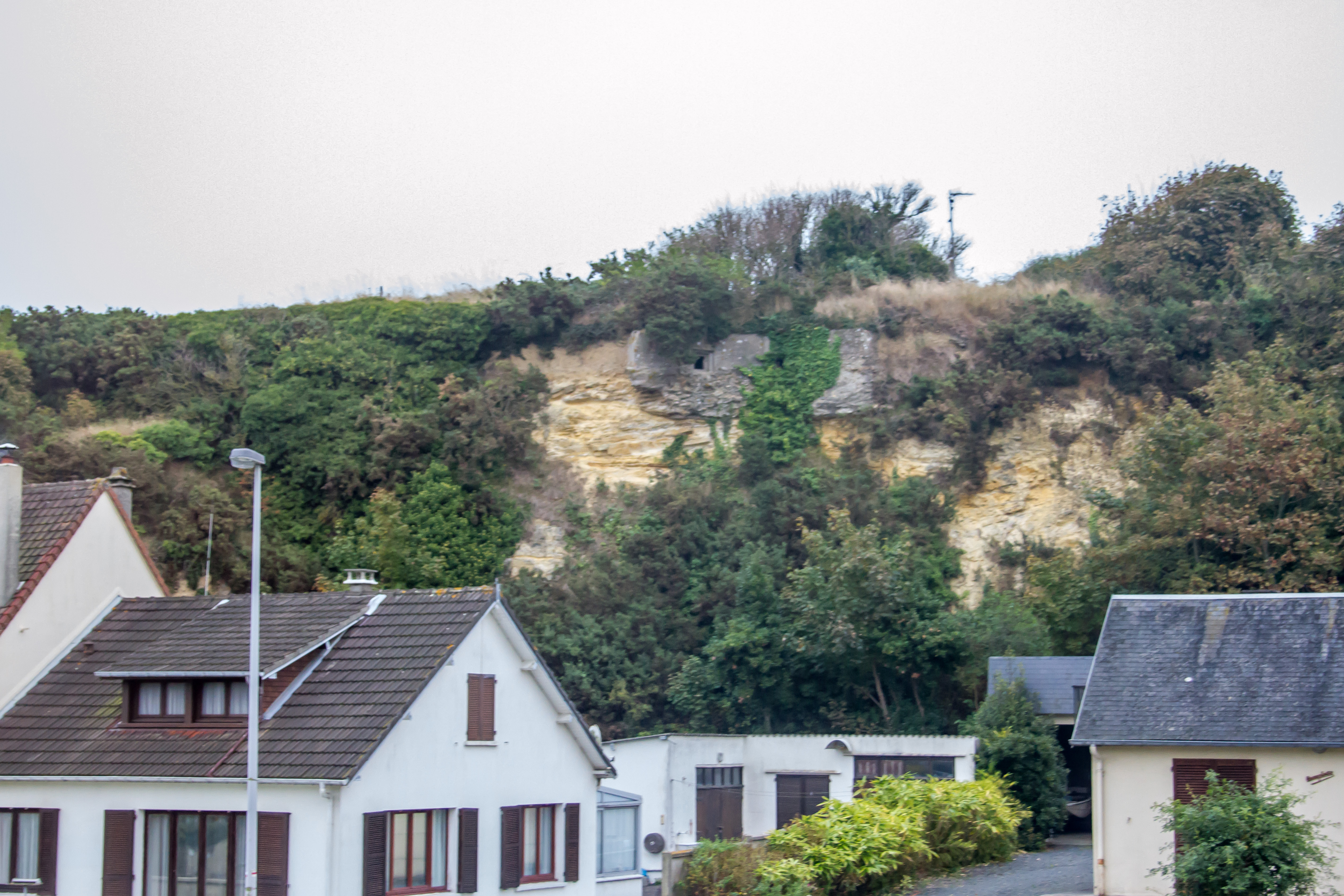


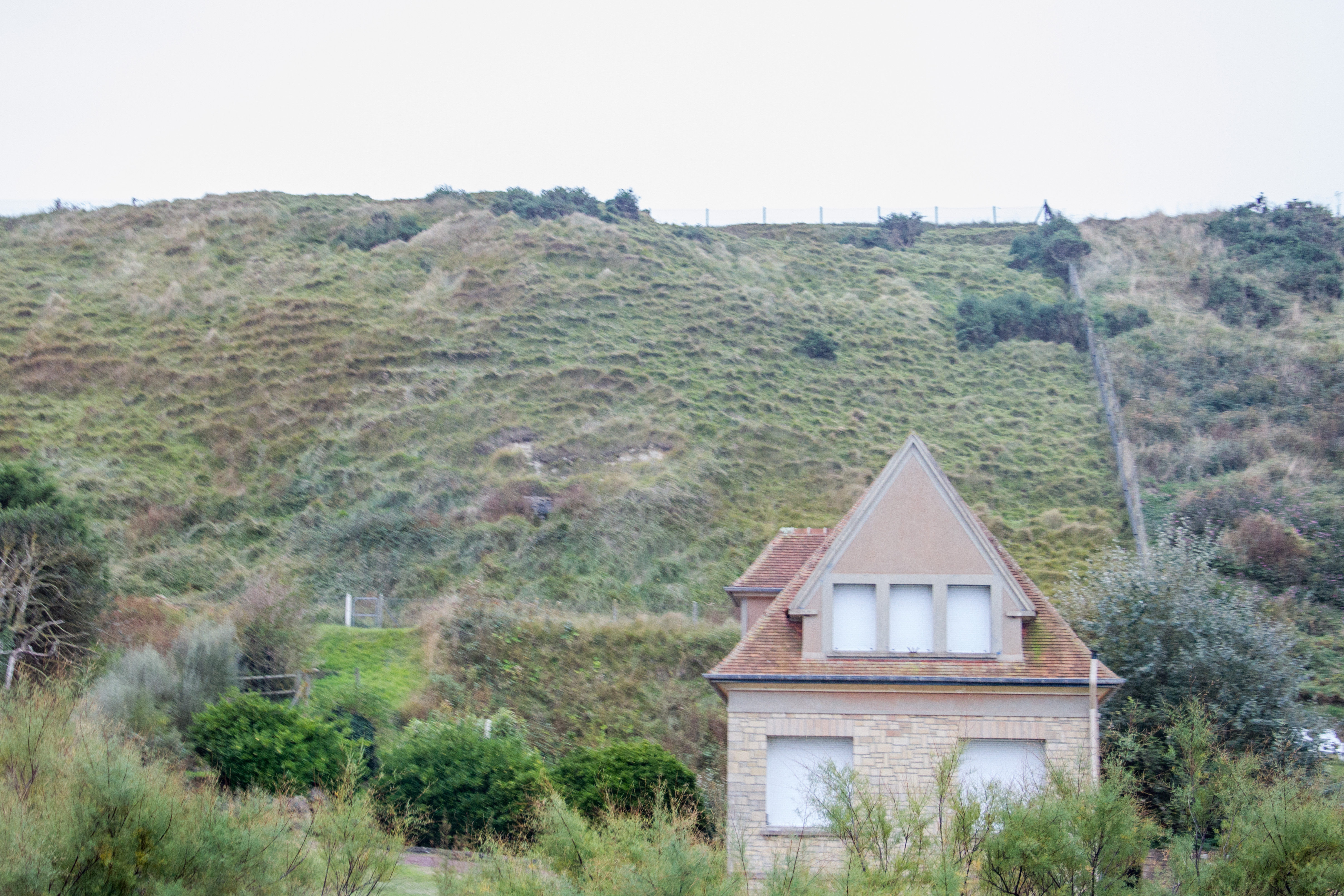
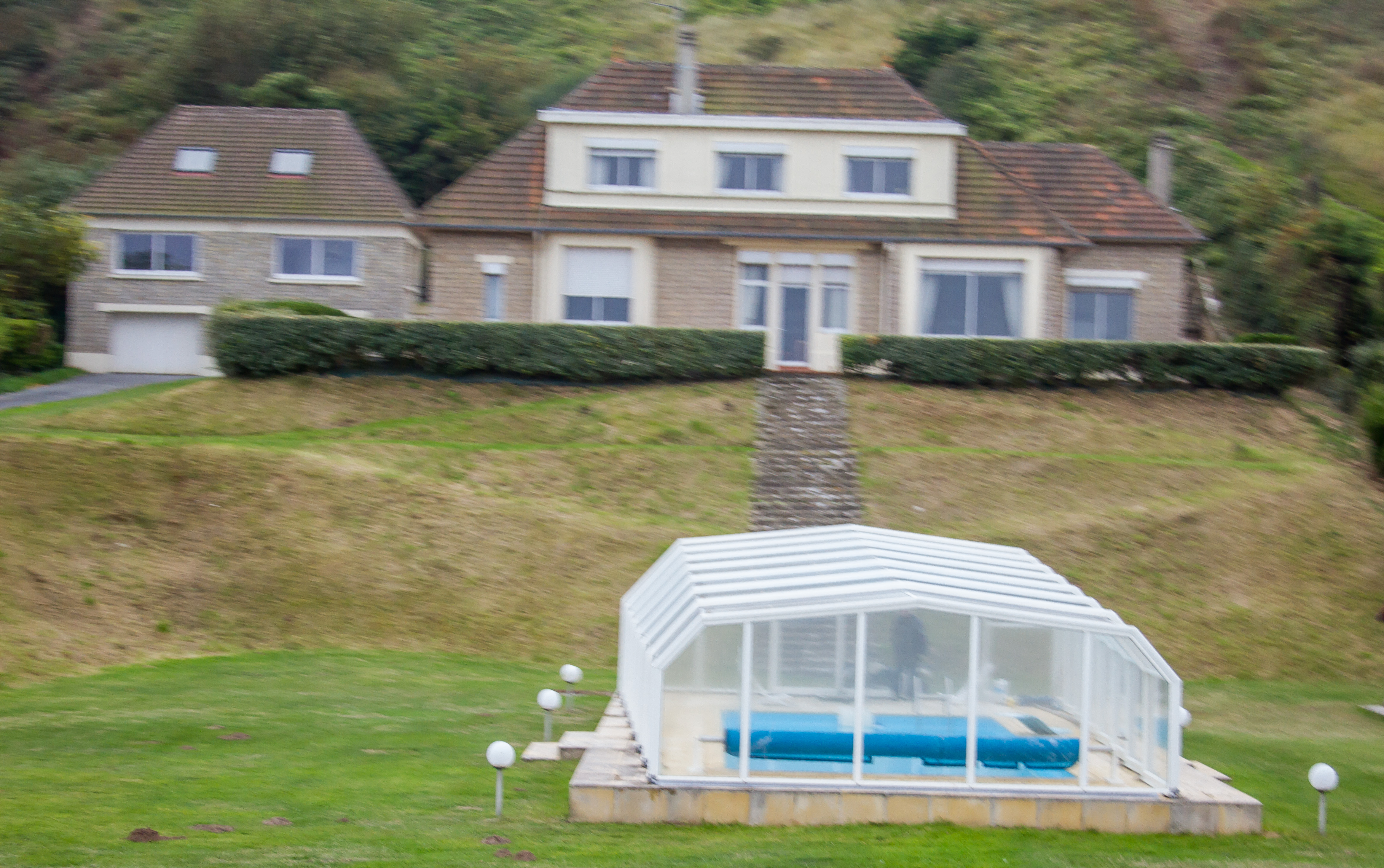
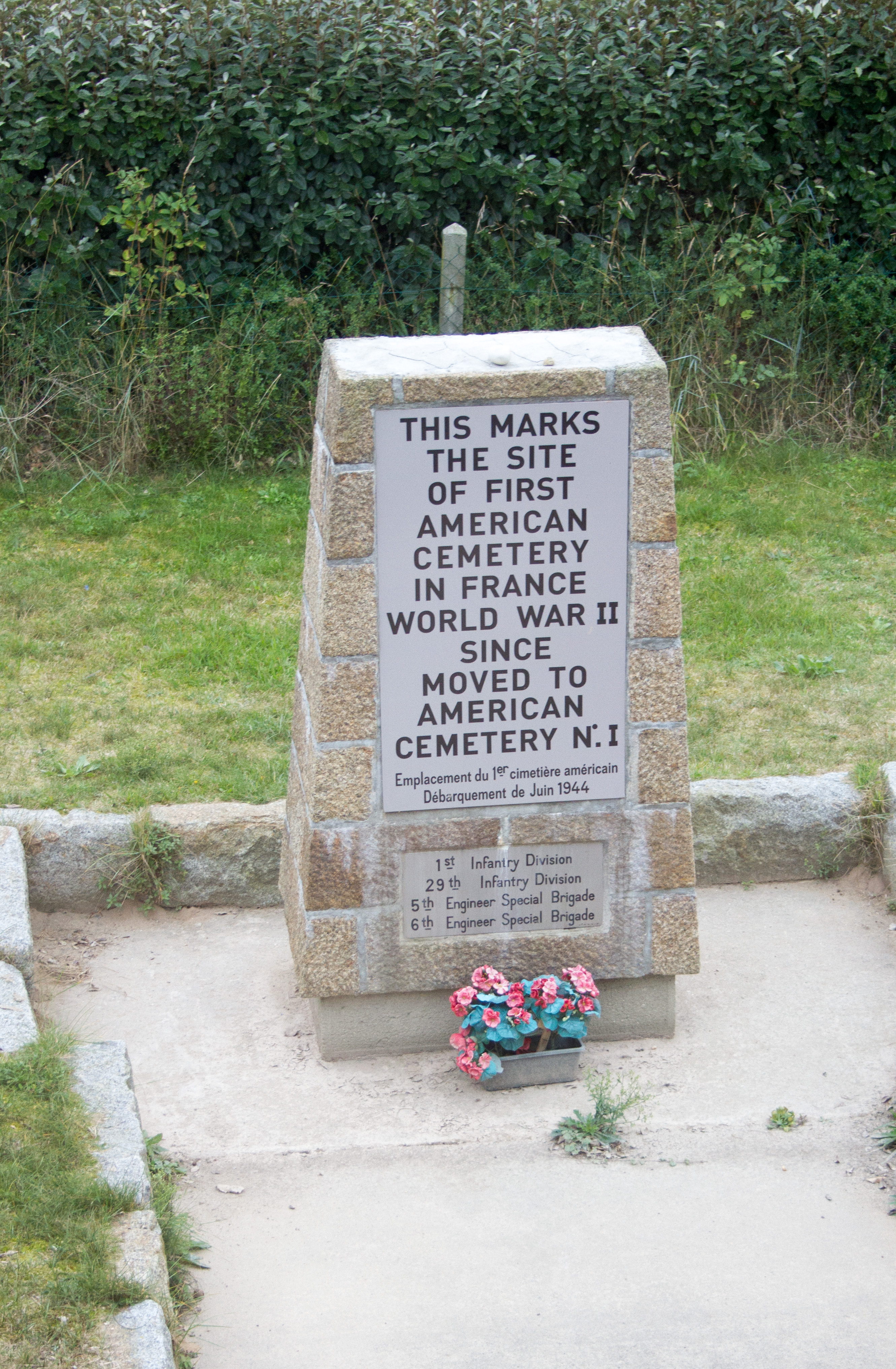
Bailey Bridges and other pre fab bridges were set up in many parts.
We saw one set of the temporary portable harbours were – built back then. The one built by the British – “A” is still there – in parts. The US one Mullberry “B” at Gold Beach, only lasted a week then was destroyed by a storm. After the Allies successfully held the beachheads, the two harbours were towed across the English Channel and set up off Omaha Beach and Gold Beach. People in factories in Britain spent months building them with no idea what they were. Then they were set up.
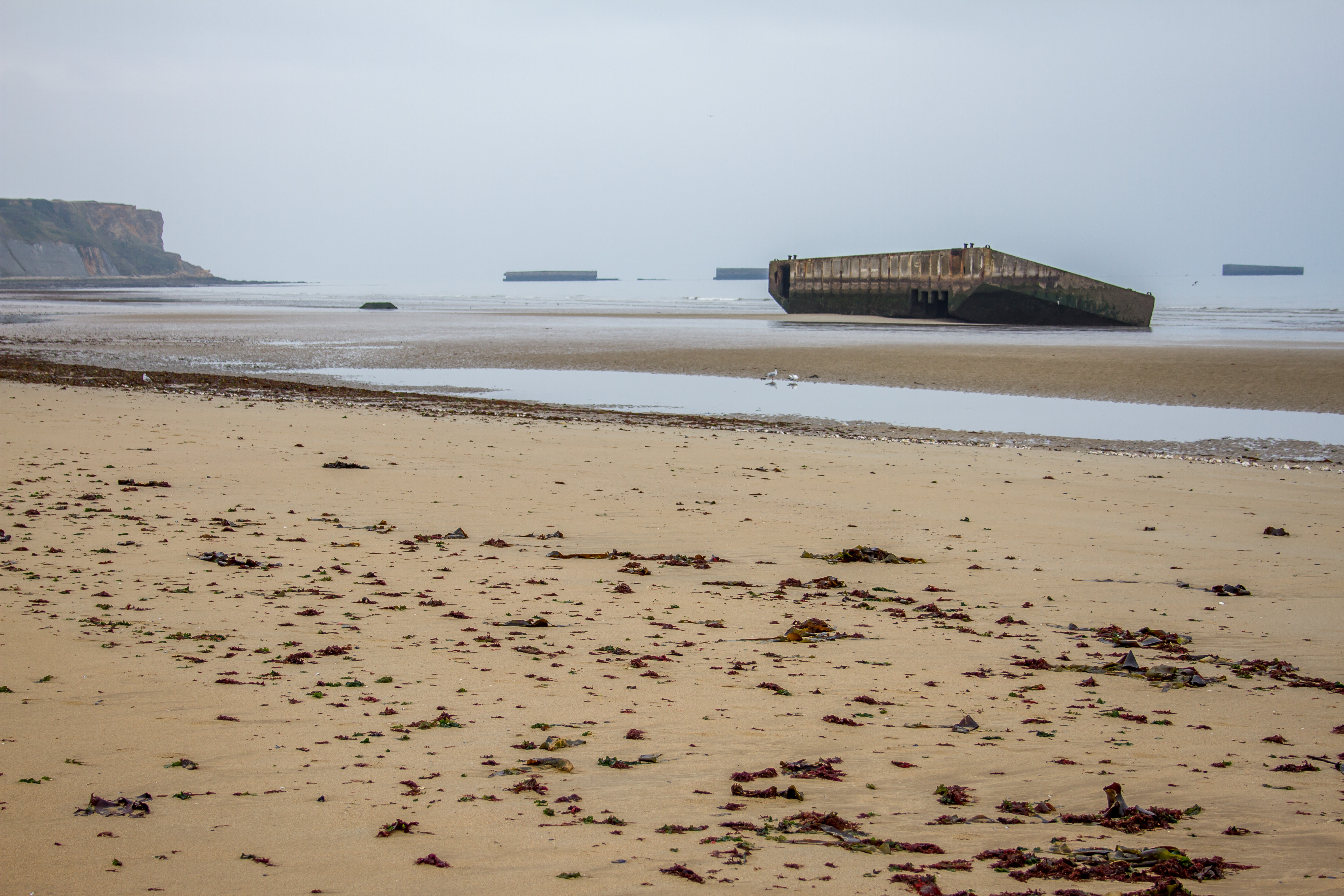
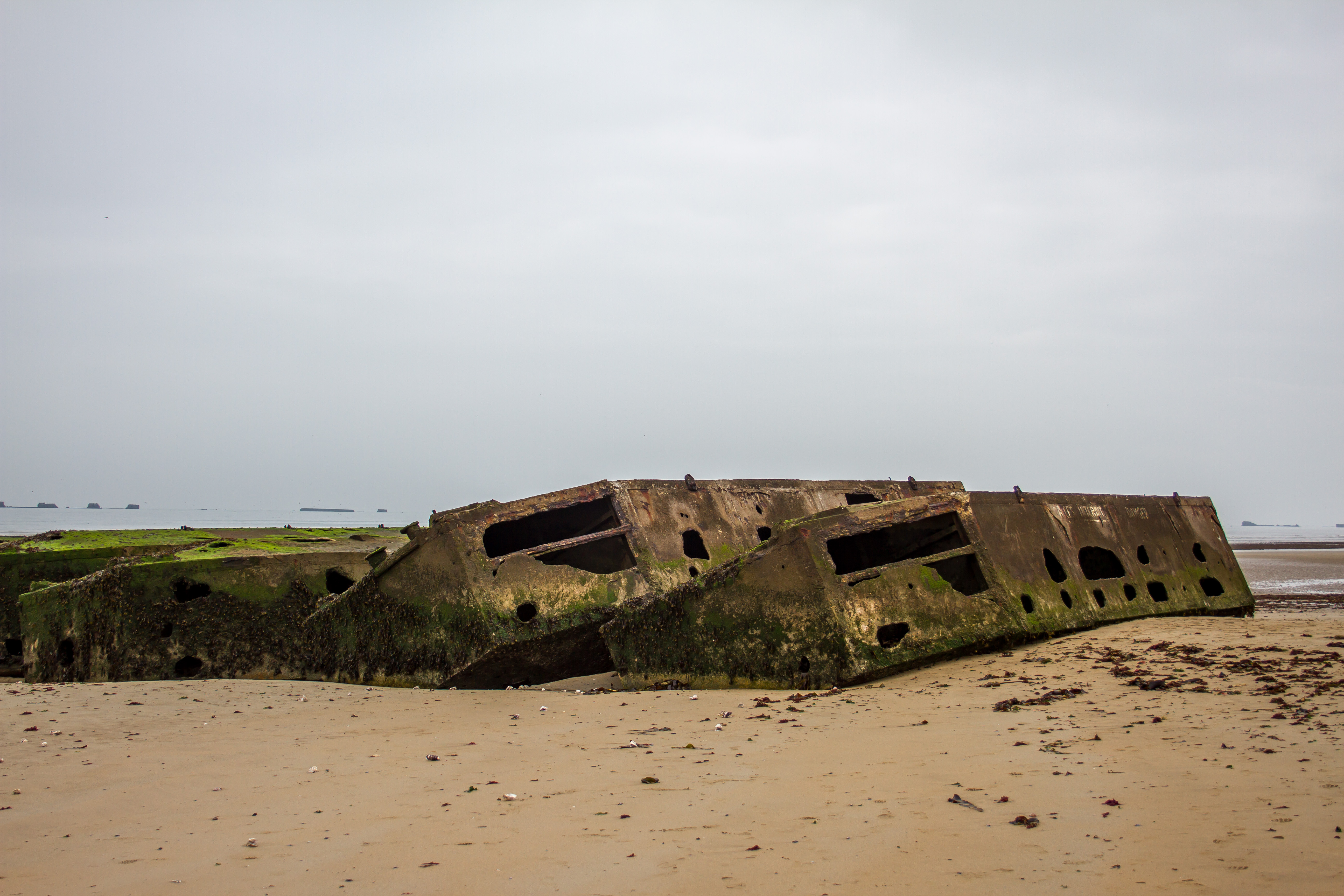
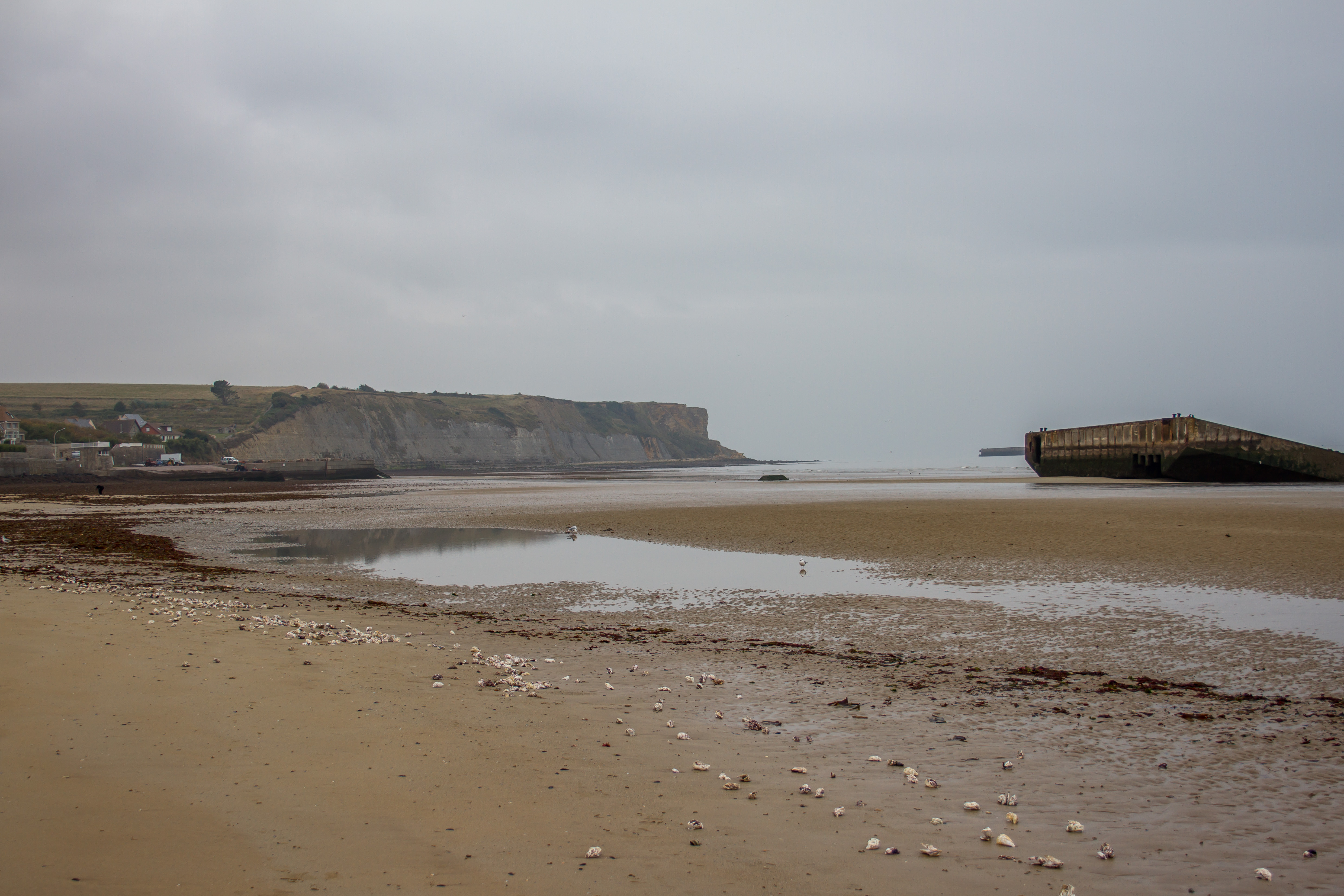

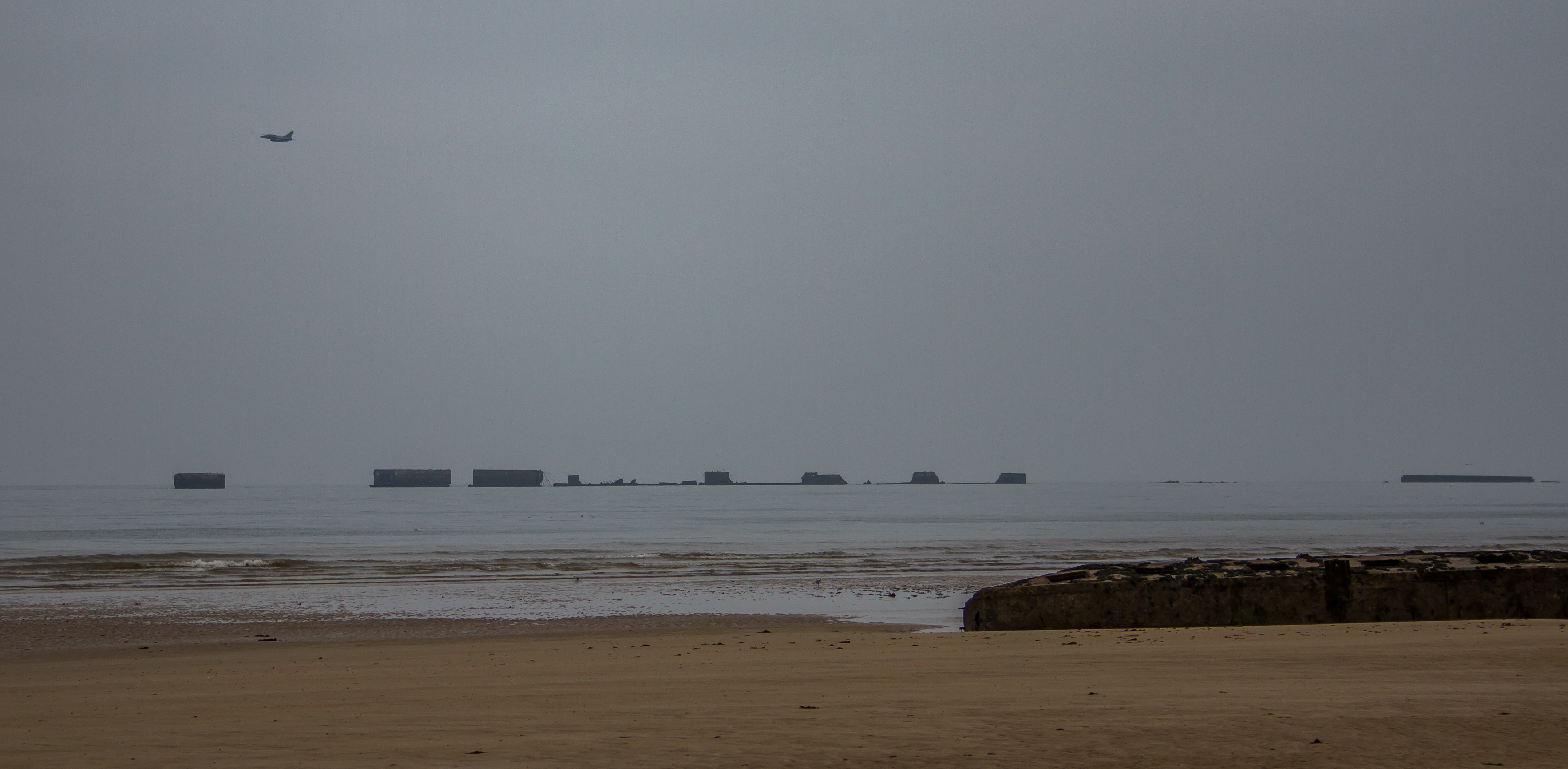
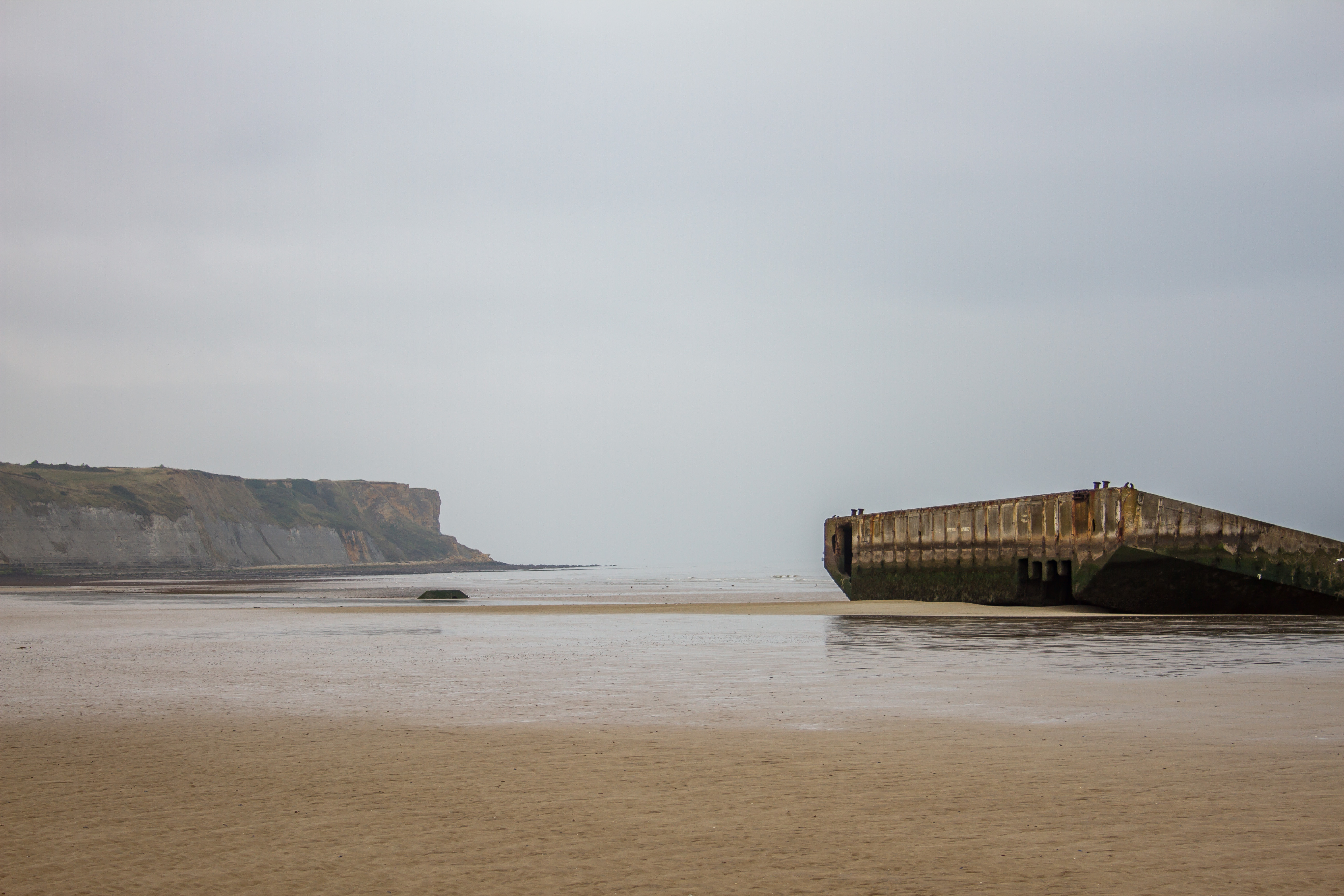
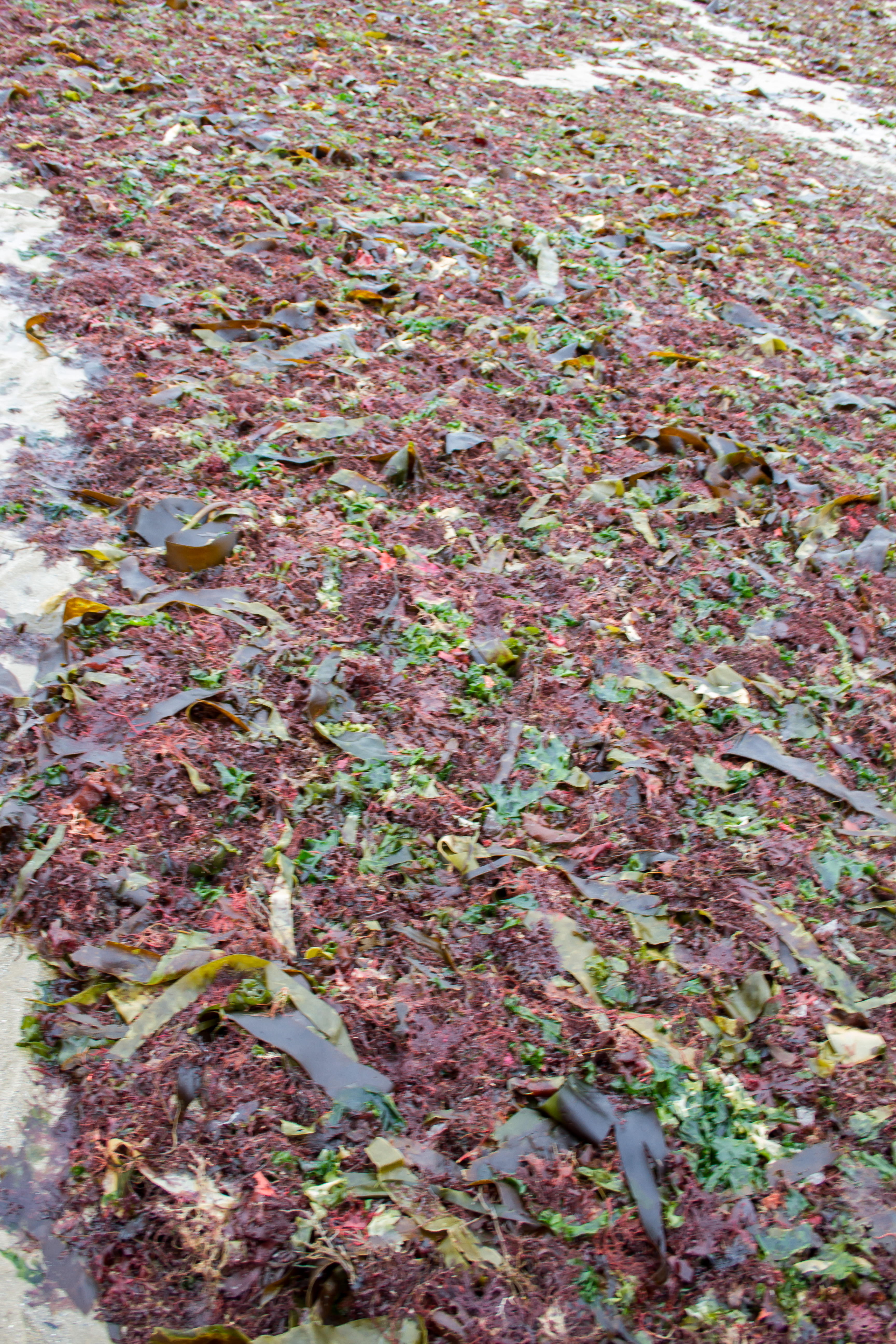
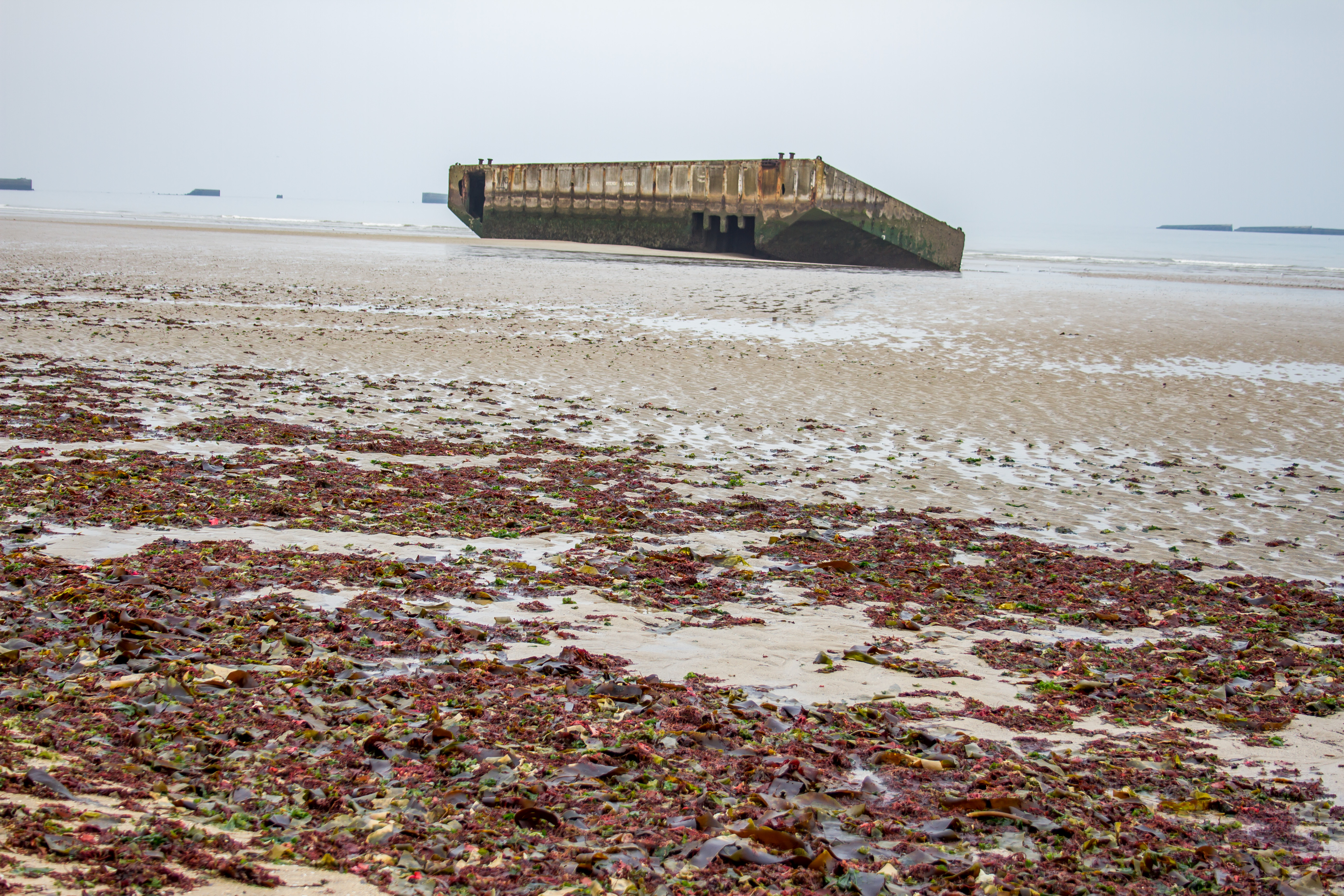

The harbour was used for over 10 months with 2.5 million men, 500,000 vehicles, and 4 million tonnes of supplies landed.
They did run into problems as much of Normandy was on reclaimed swamp land. The Germans smashed the weirs and canals and much of the land turned back to swamp – taking man vehicles including tanks with it.
This tank was pulled form the swamp in the 1970’s. The soldiers were reunited with their personal effects.
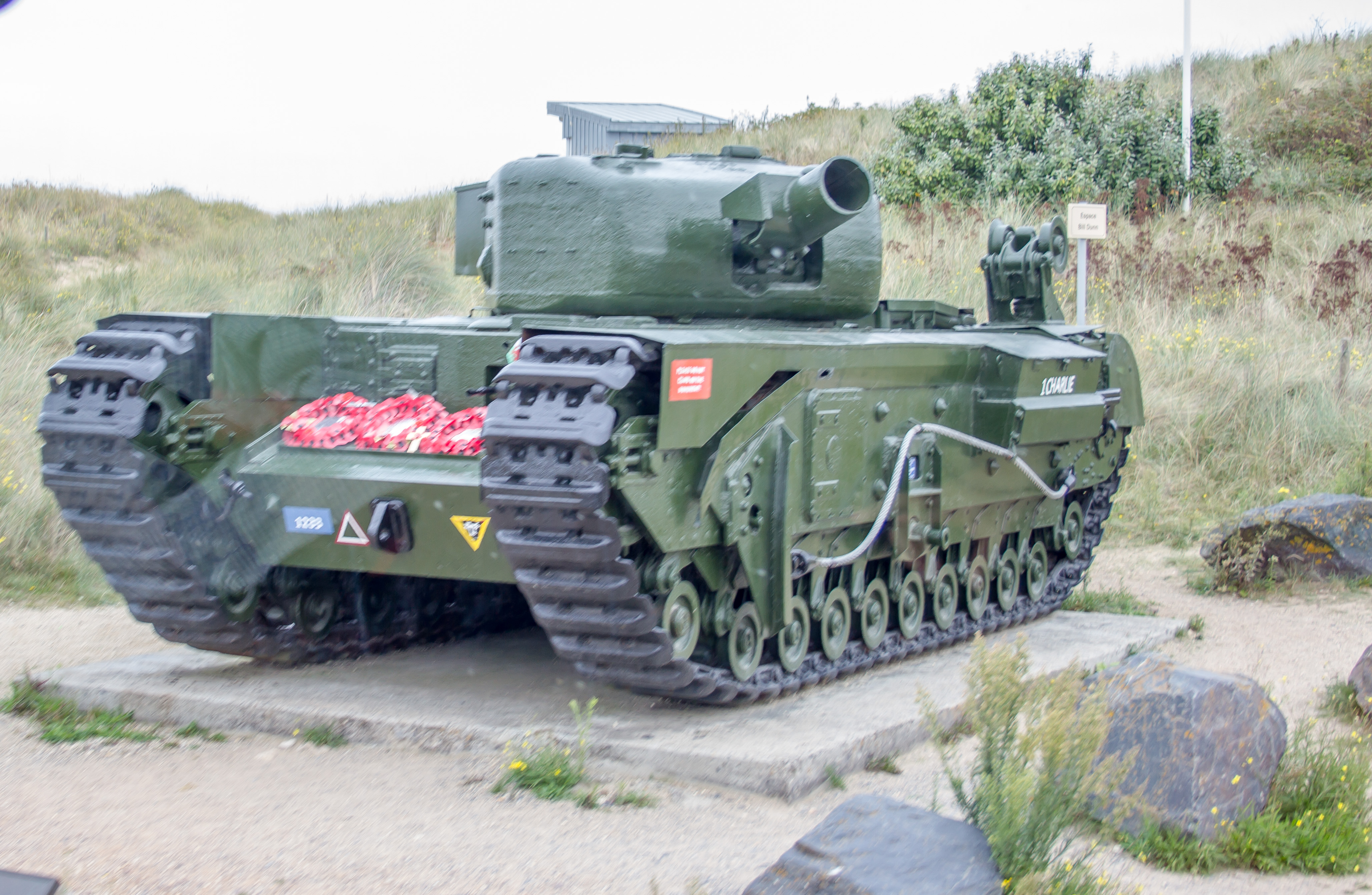
The US Cemetery #1
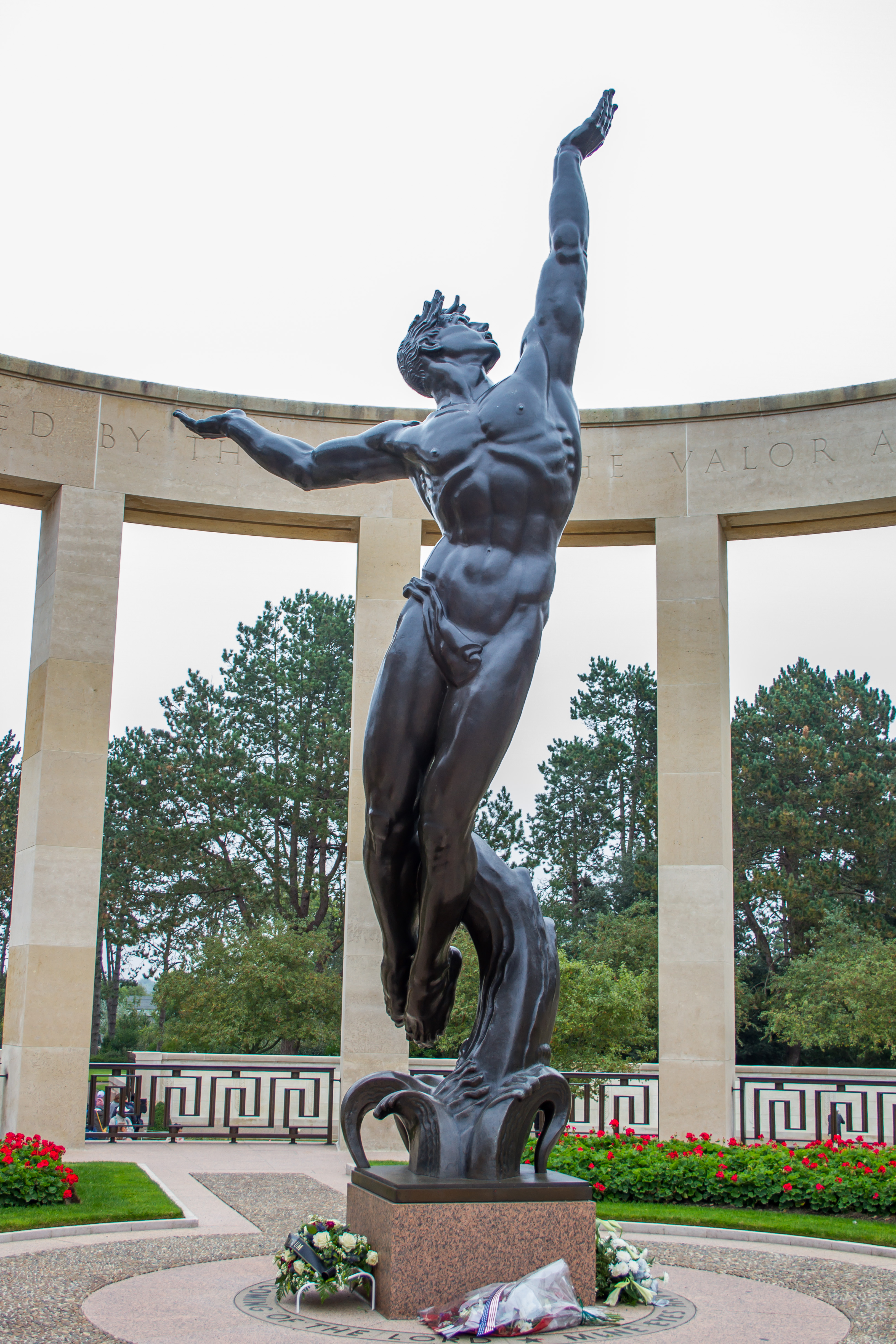
Over 9,000 men buried here. And that is only 40%. The other 60% – the family elected to have them buried at home. Saw the graves of The Niland Brothers – the ones who inspired the movie Saving Private Ryan.
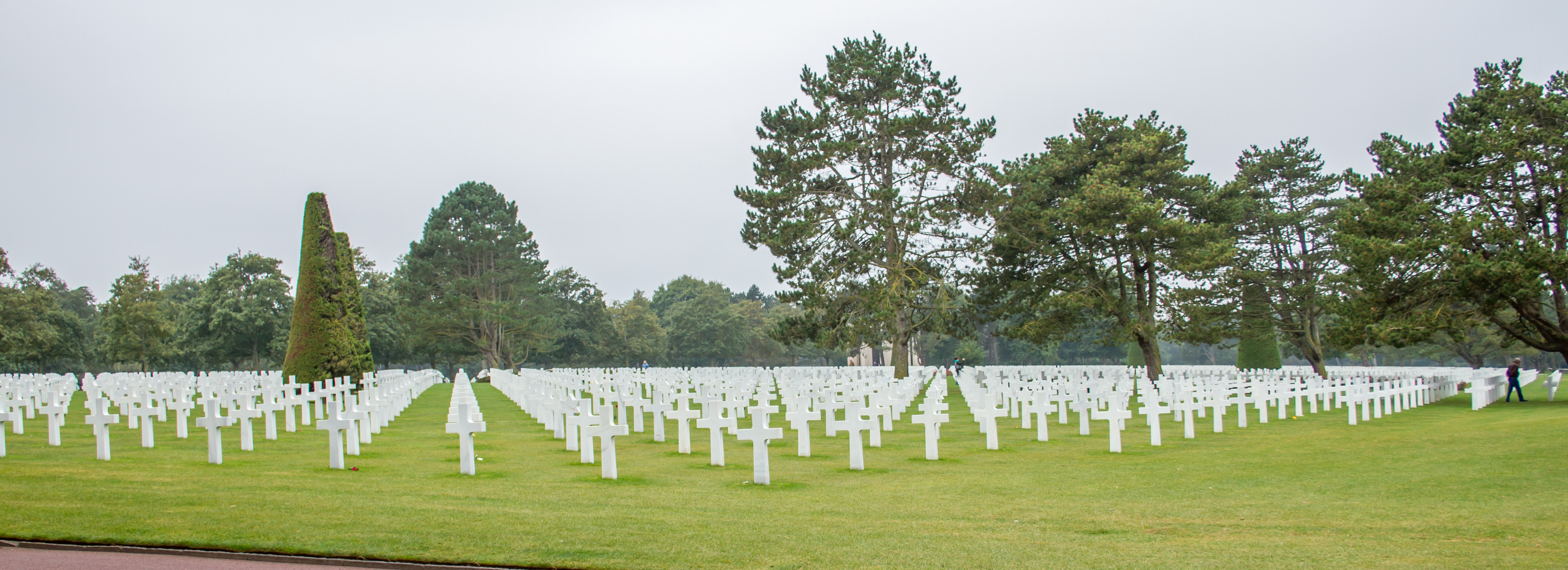
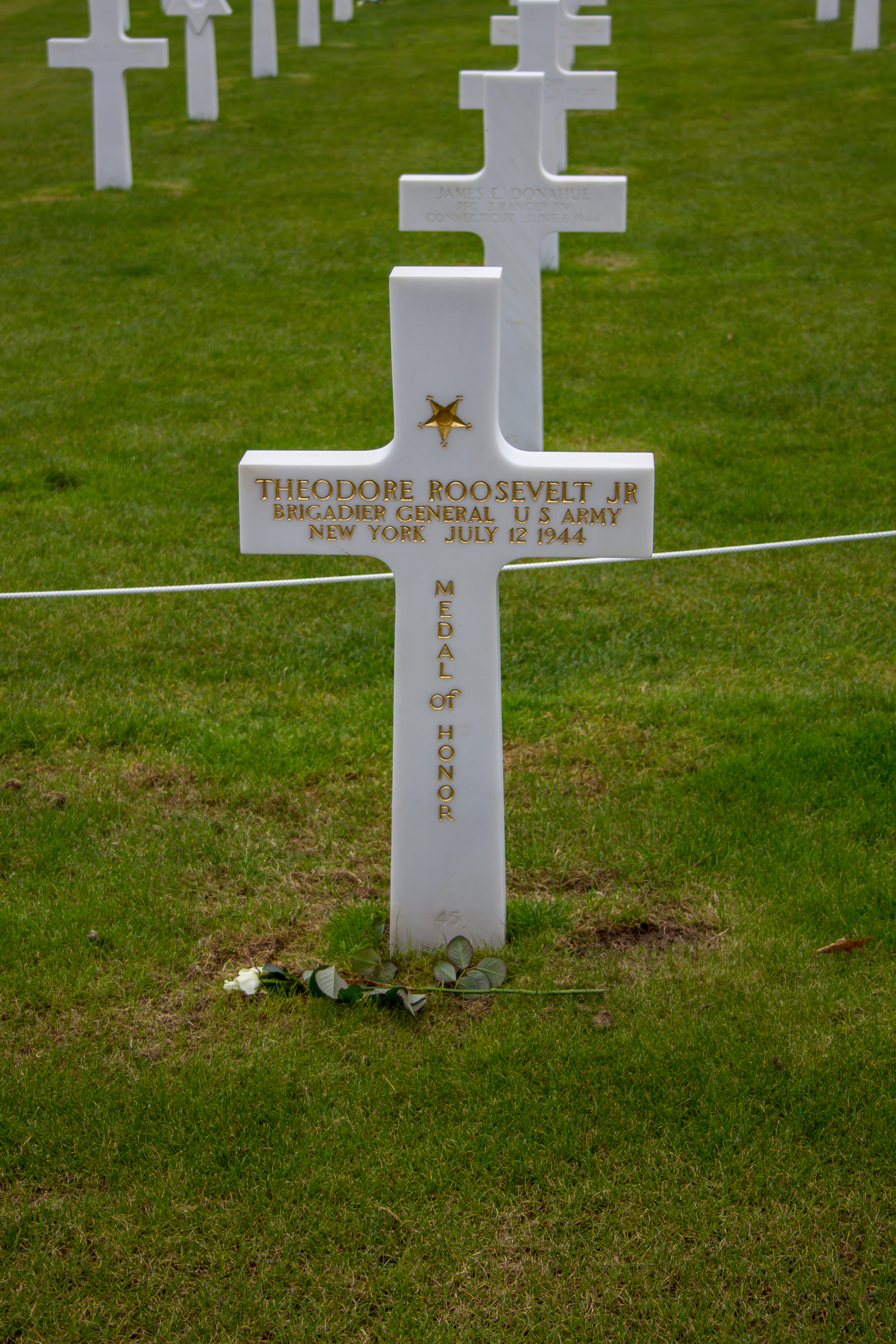
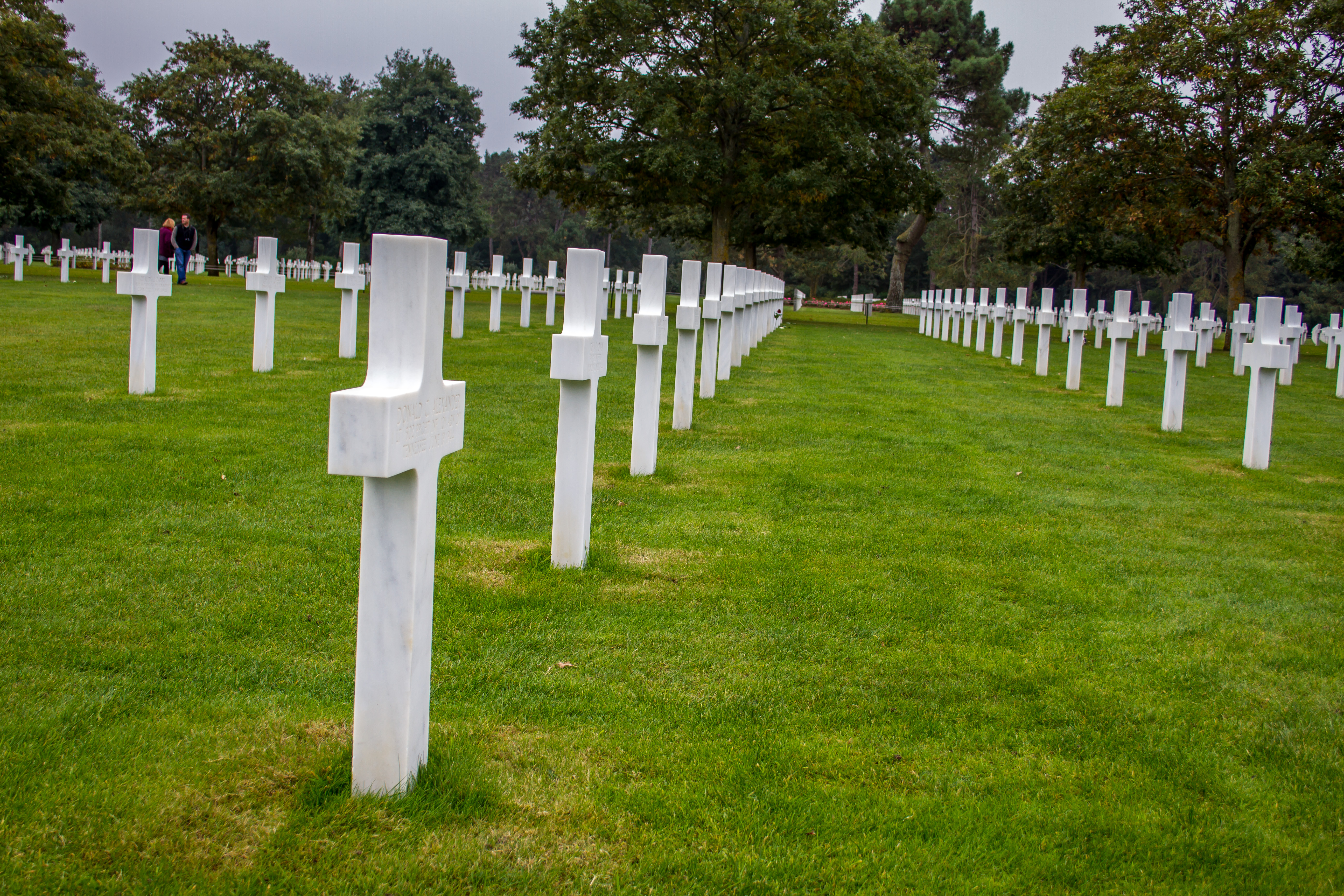
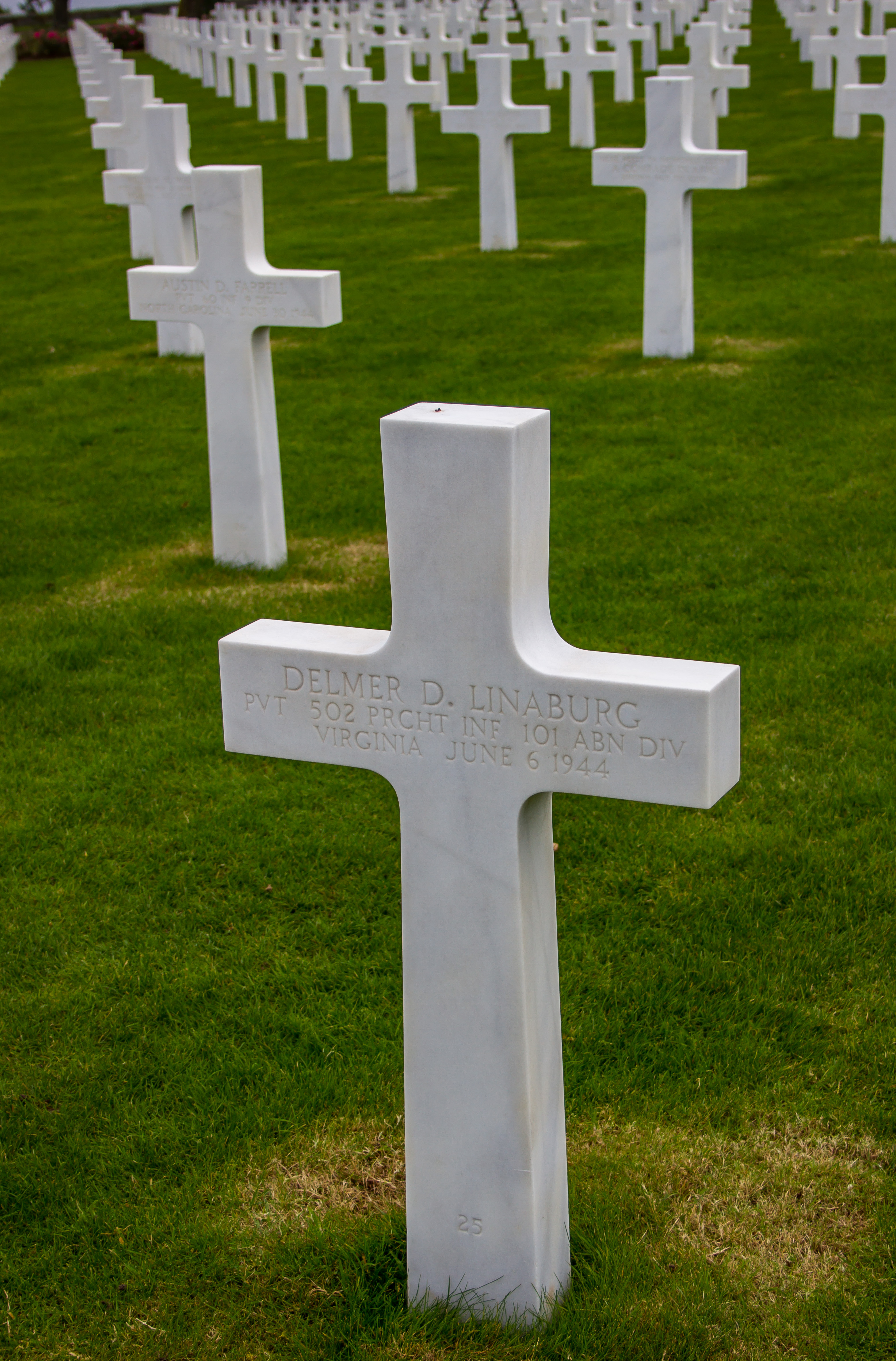
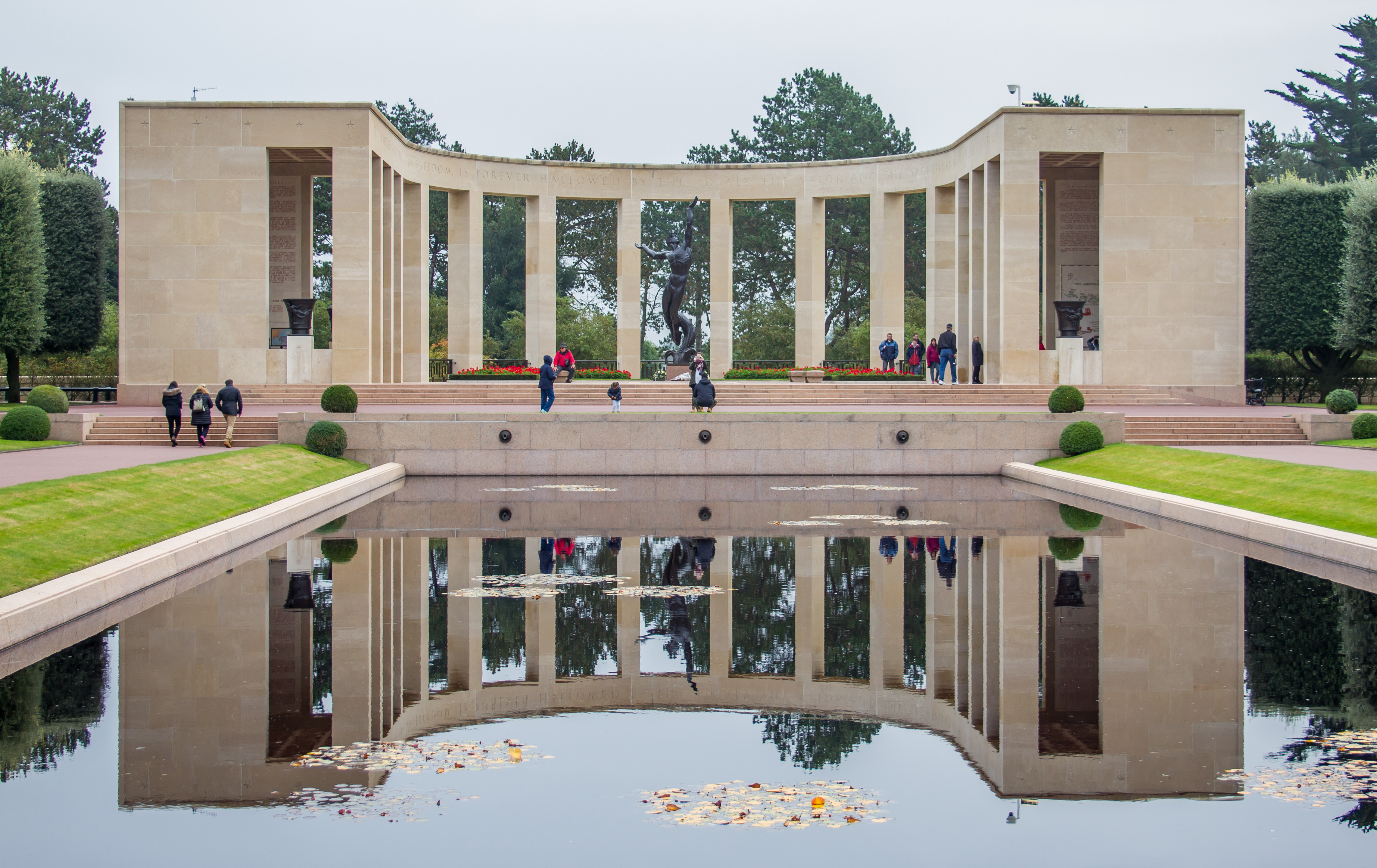

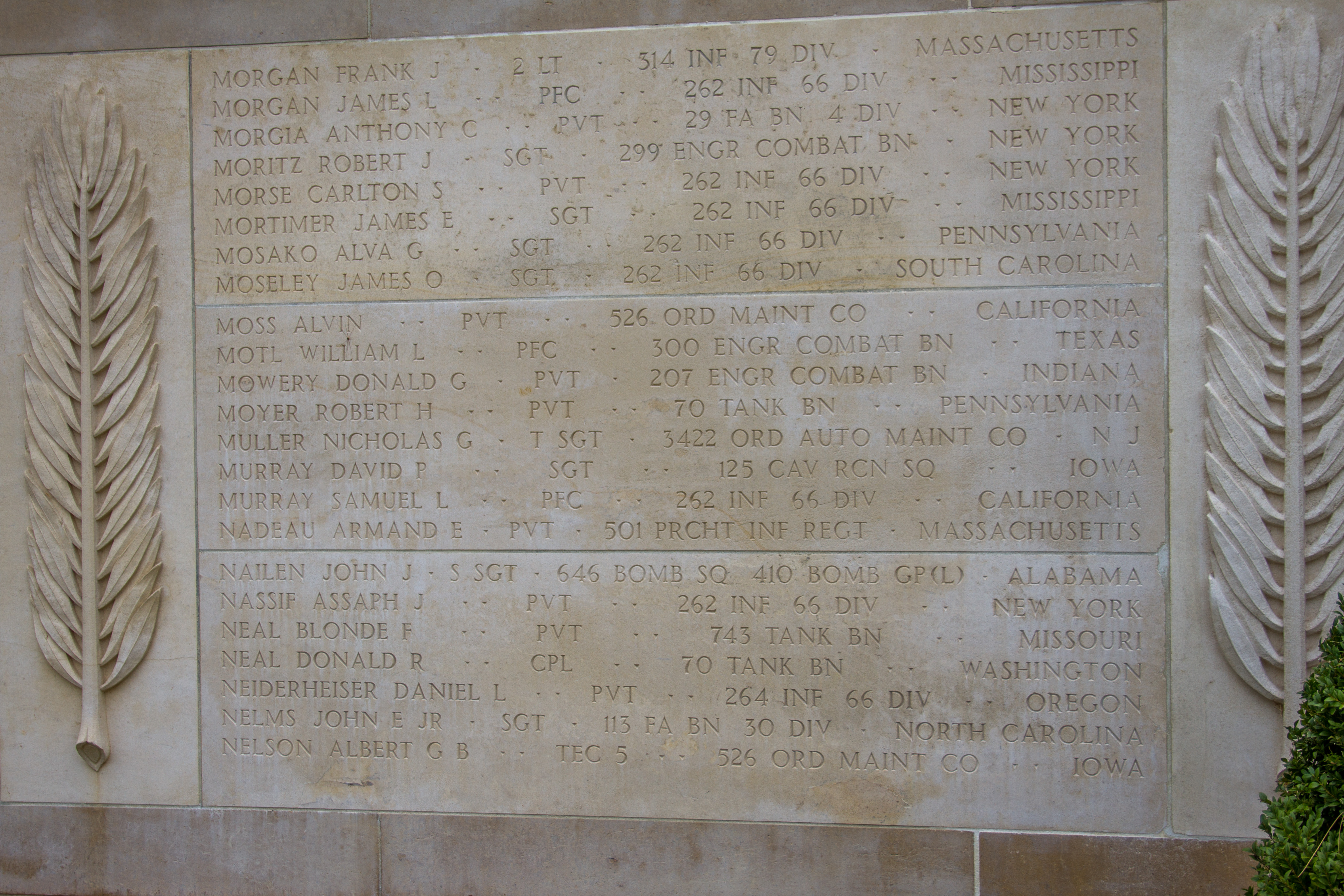
Les Braves Memorial on Omaha Beach.

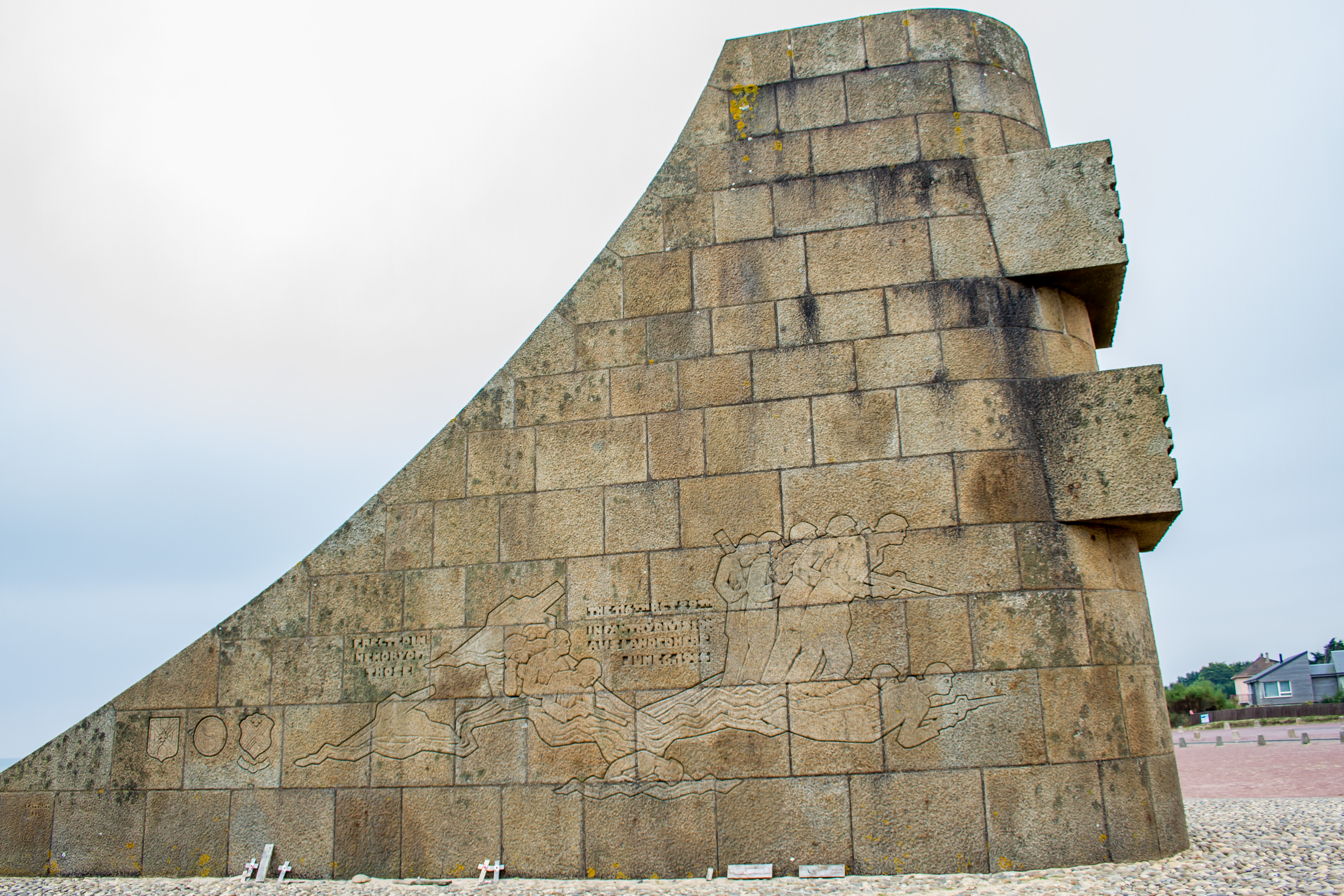
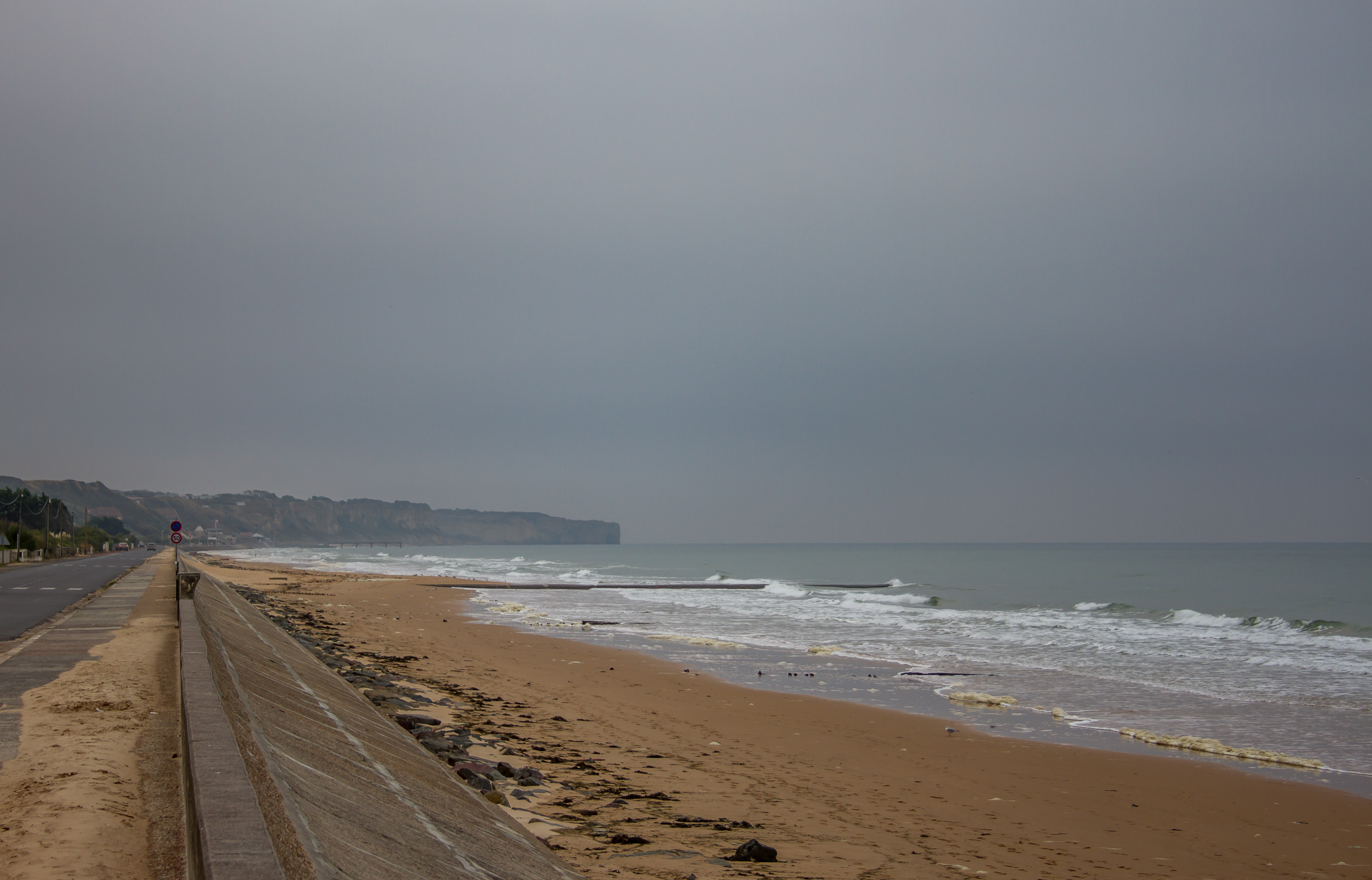
Pegasus Bridge – Operation Deadstick happened on the same day. The Allies needed control of the bridge over the River Oren. They couldn’t afford to have the Germans destroy it. British troops came, in six Gliders to take the bridge. One of the gliders was saved and is there.
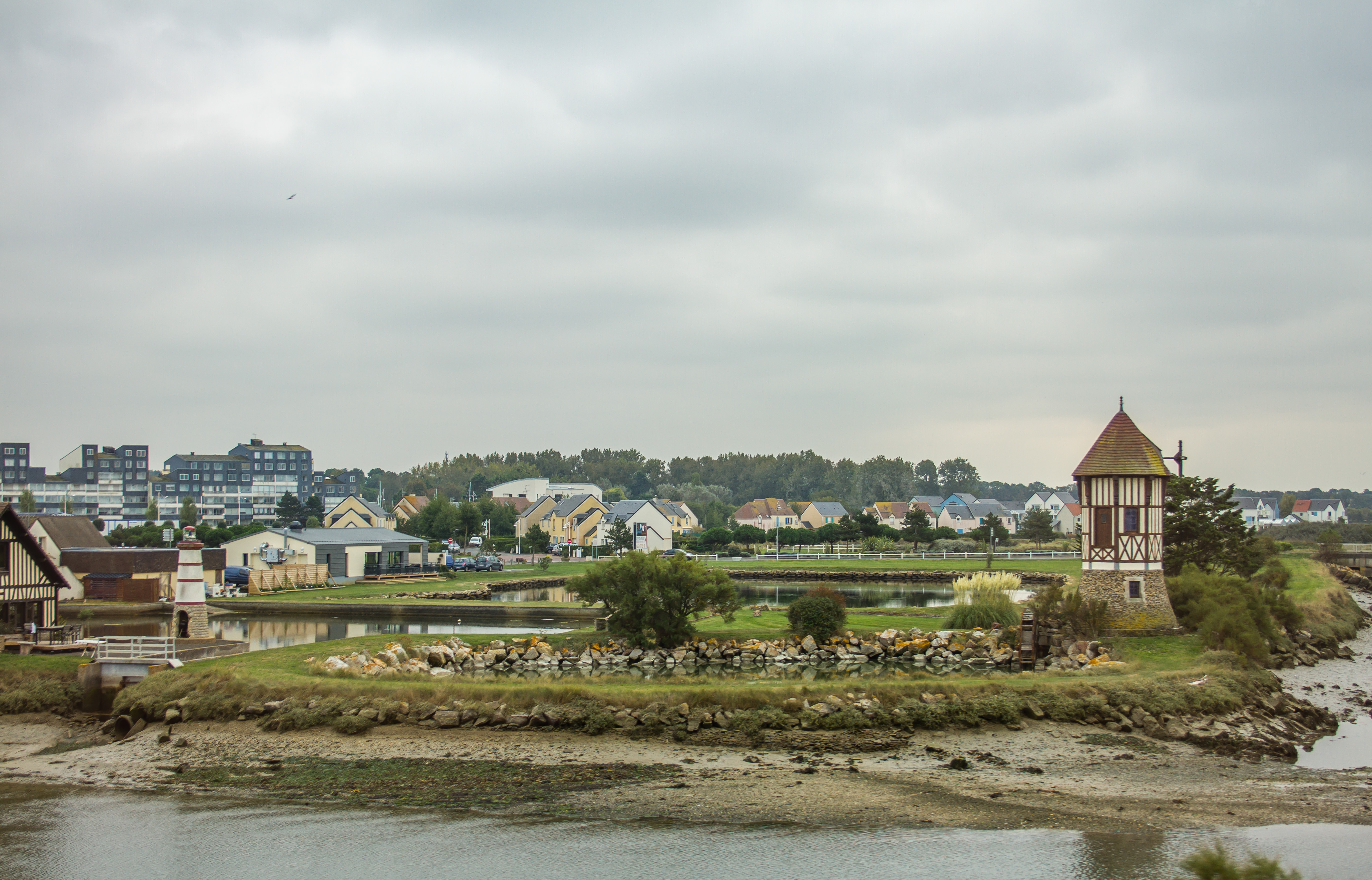
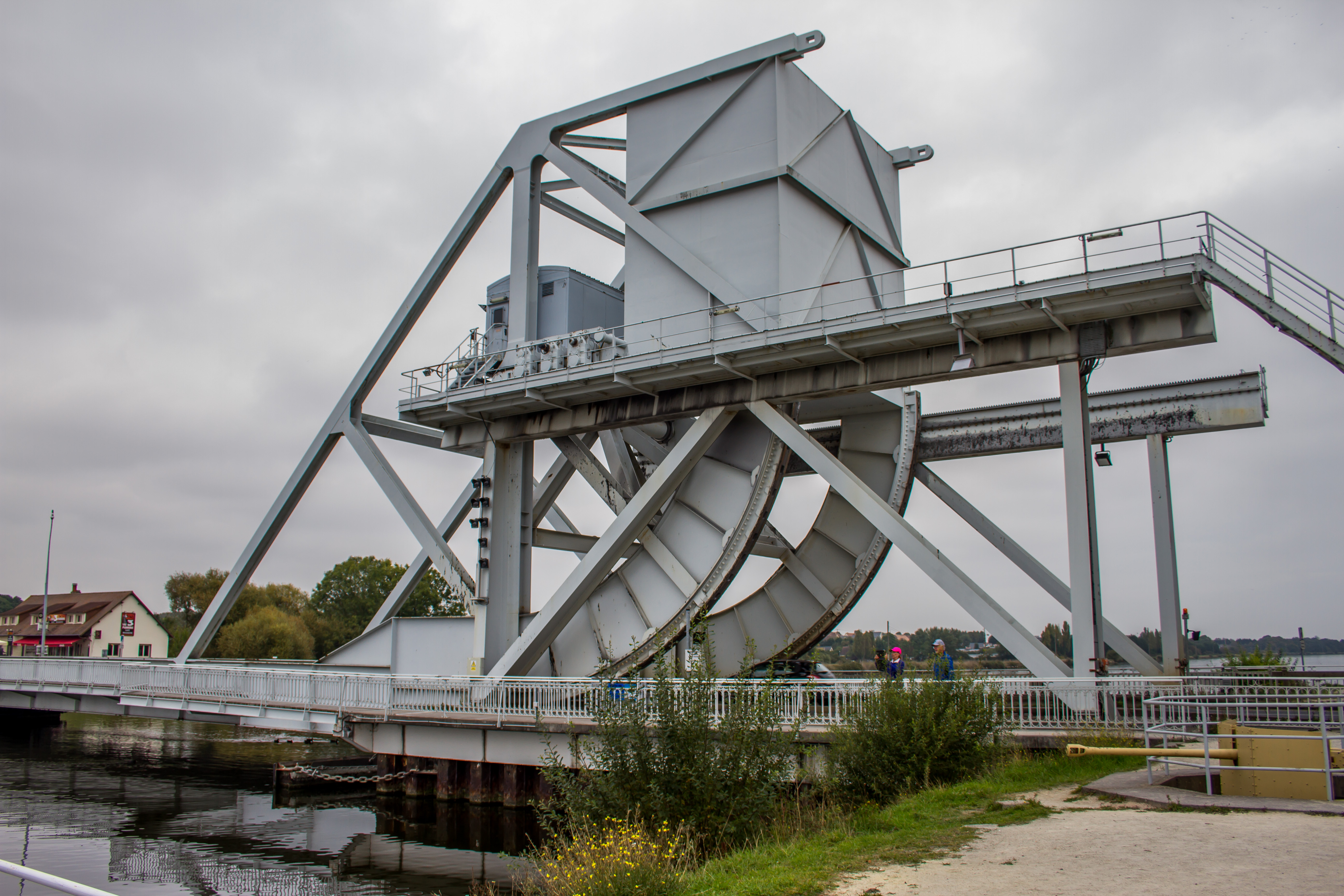
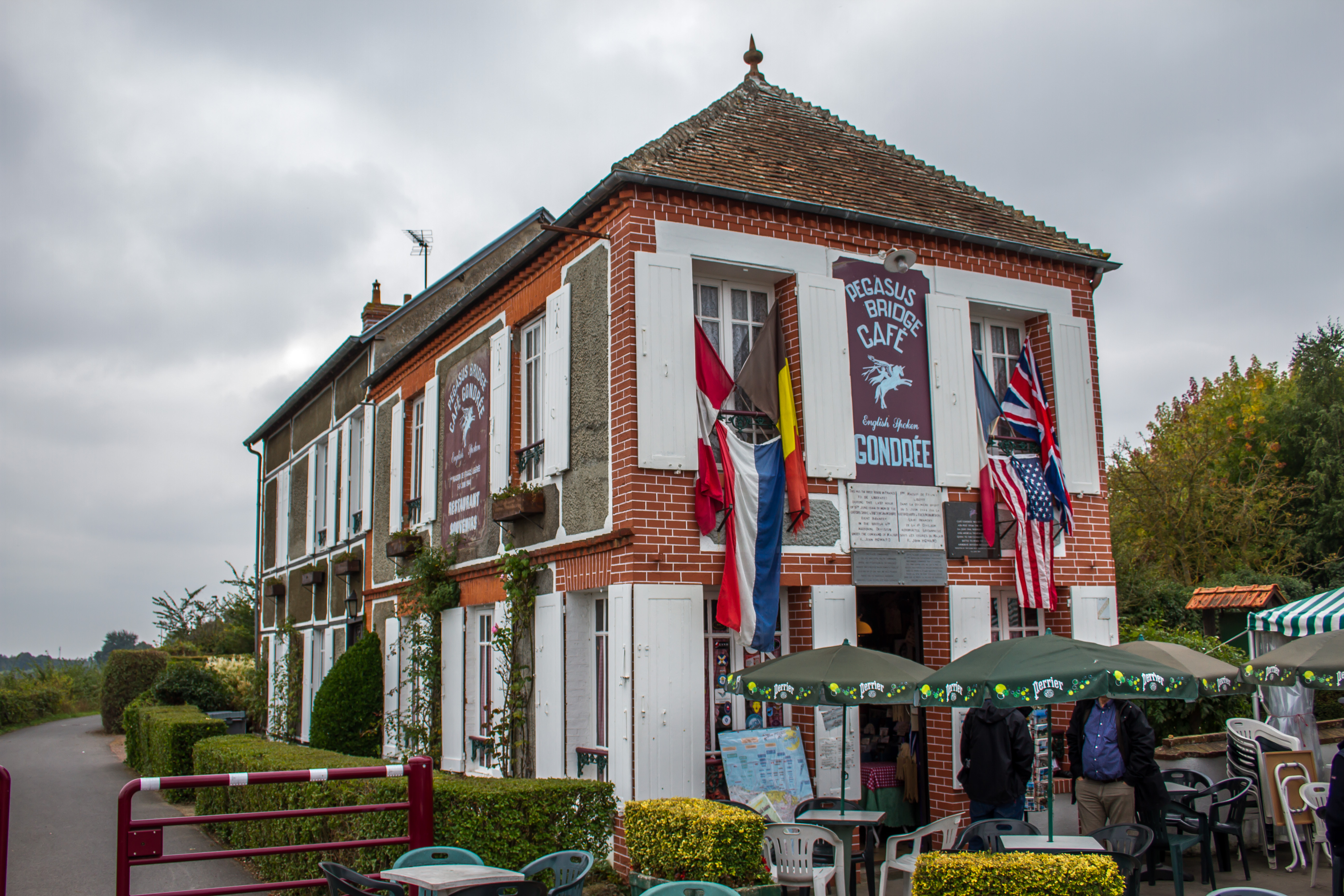
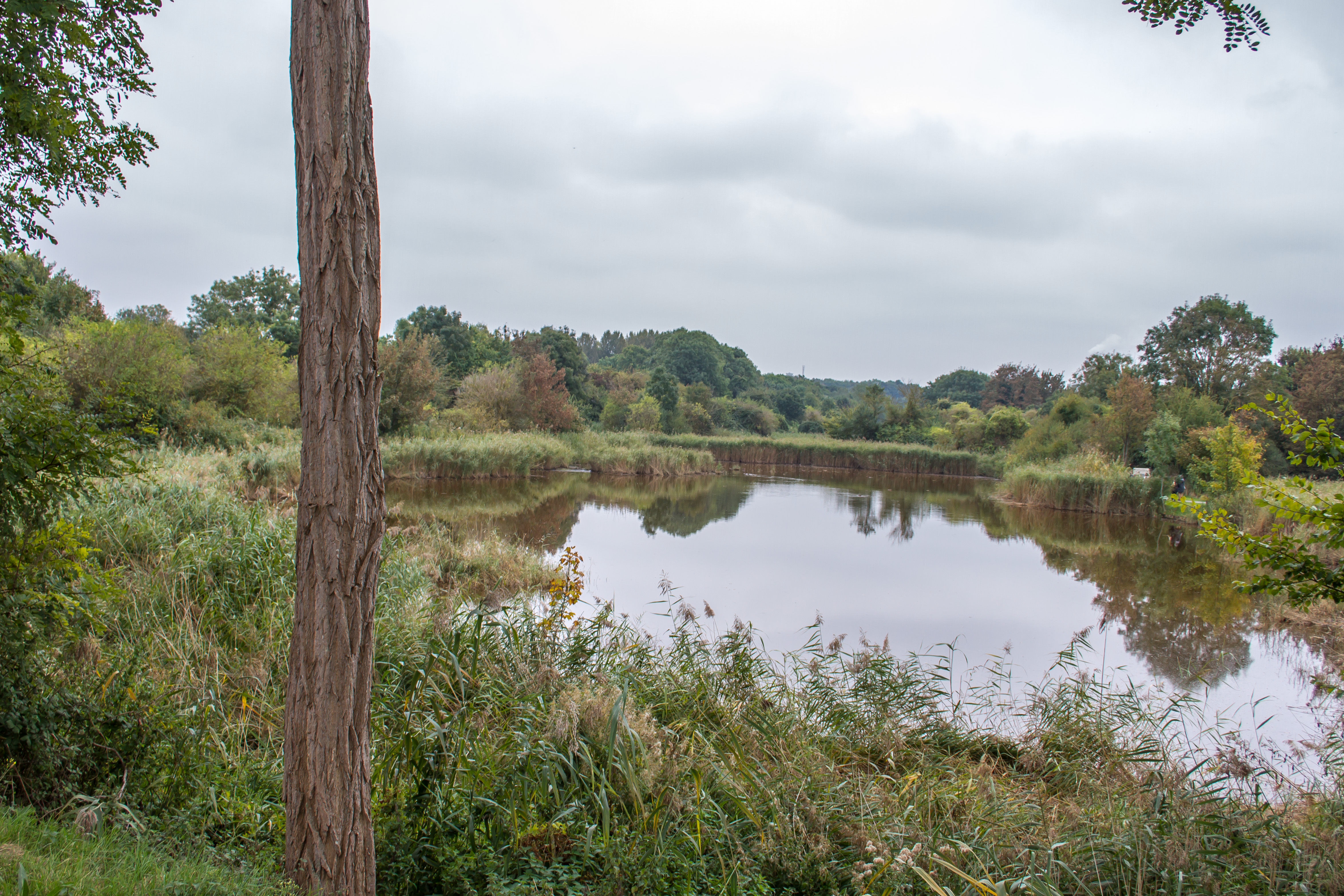
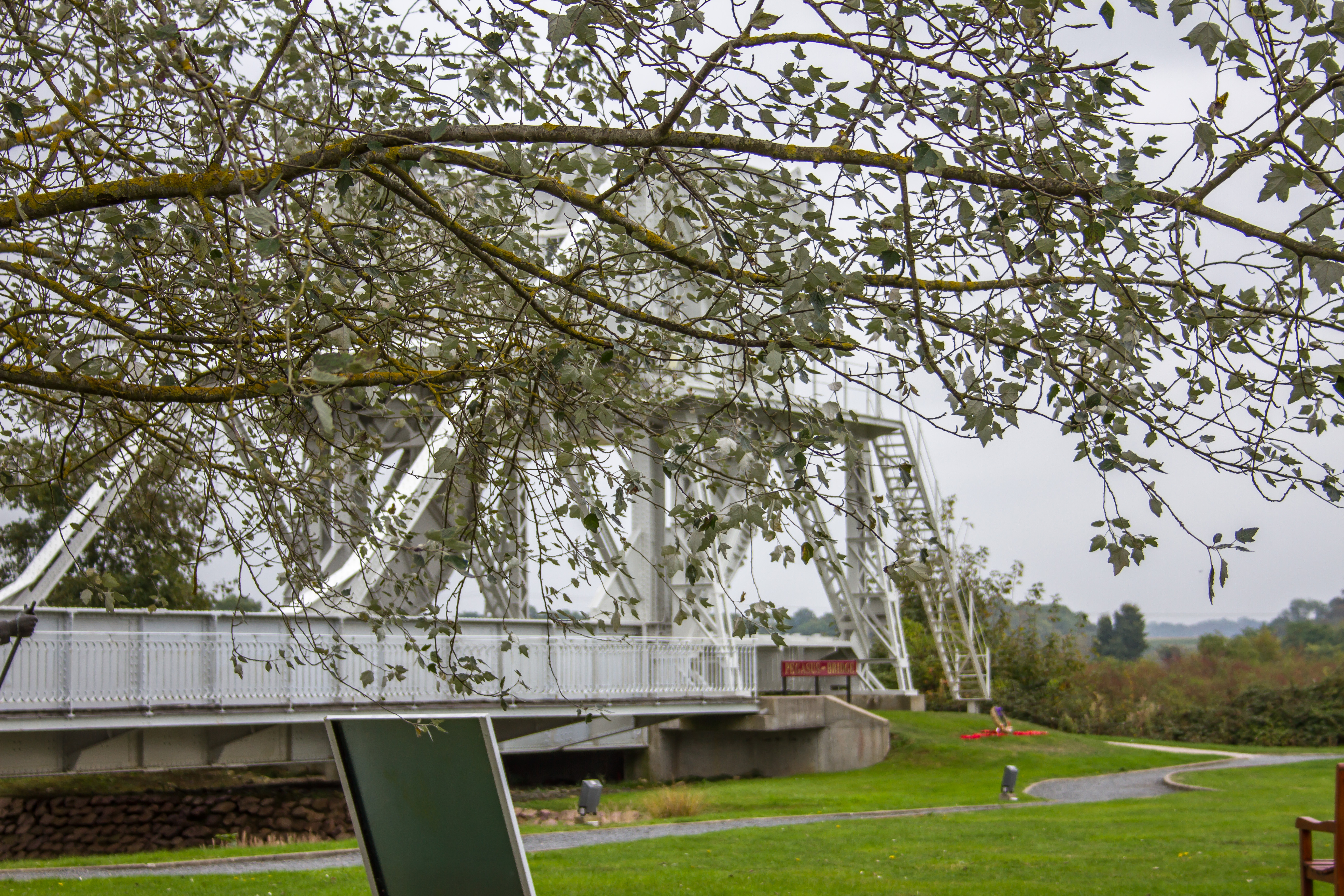
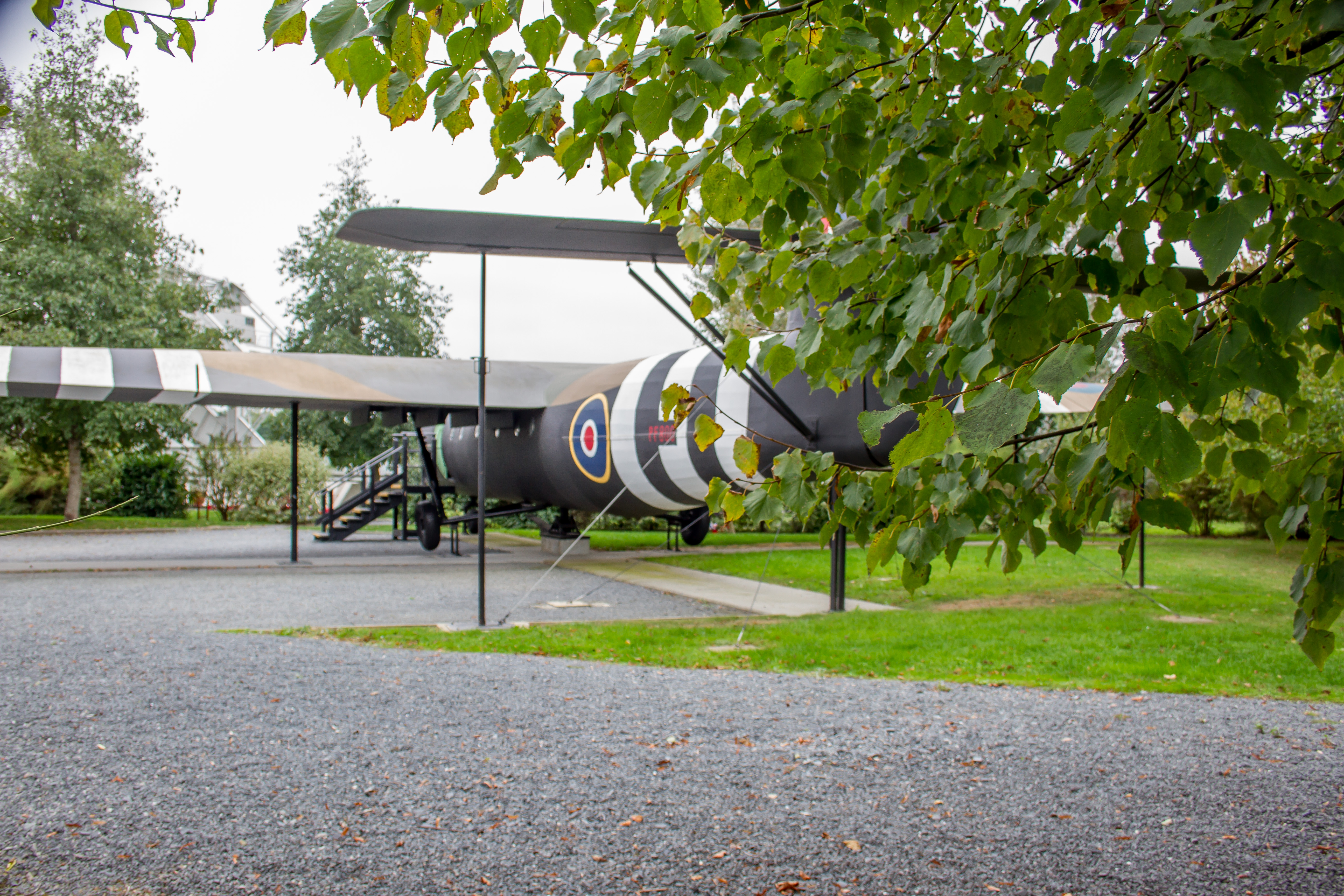
Ranville War Cemetery – The British Cemetery.
2235 British graves.
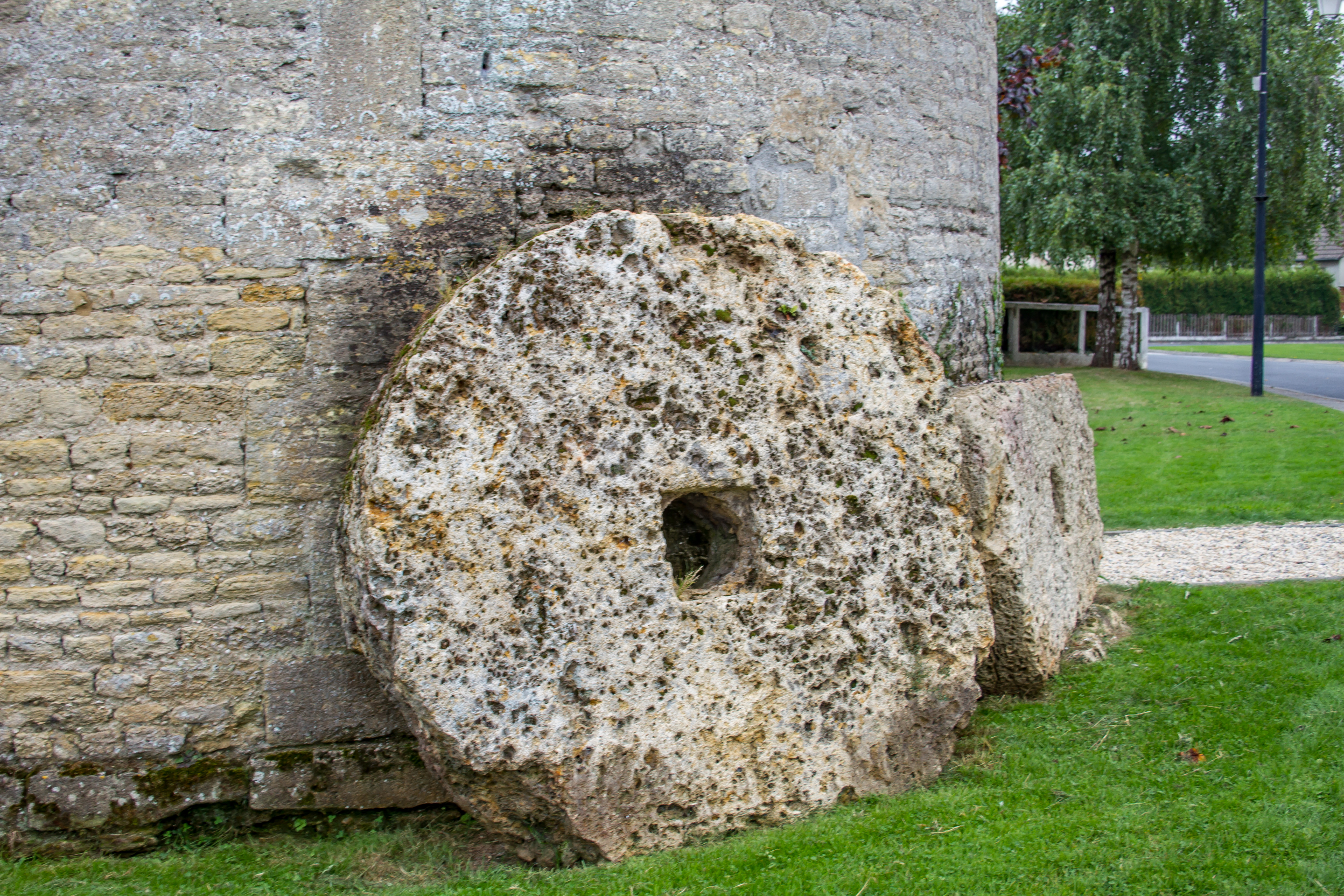


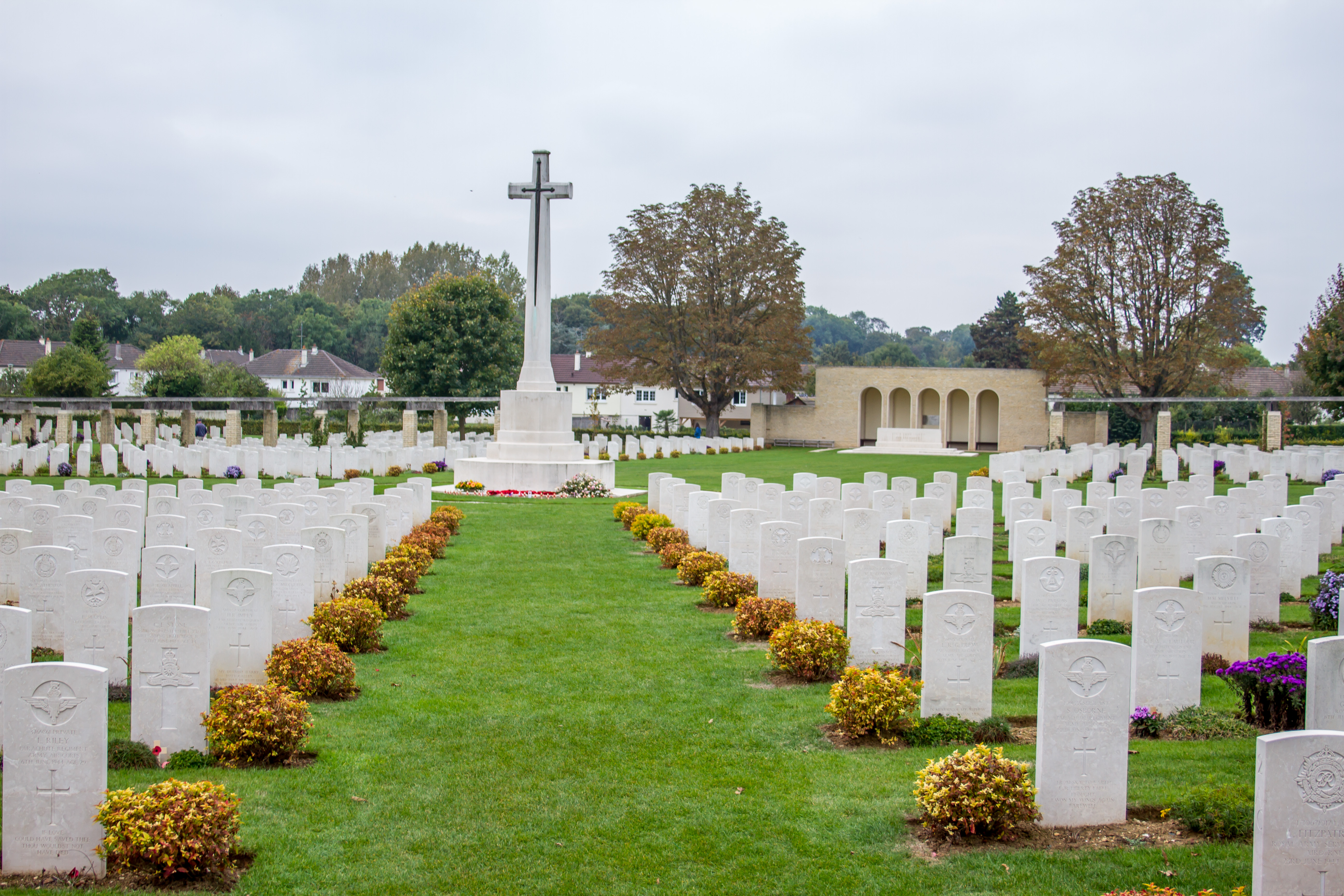
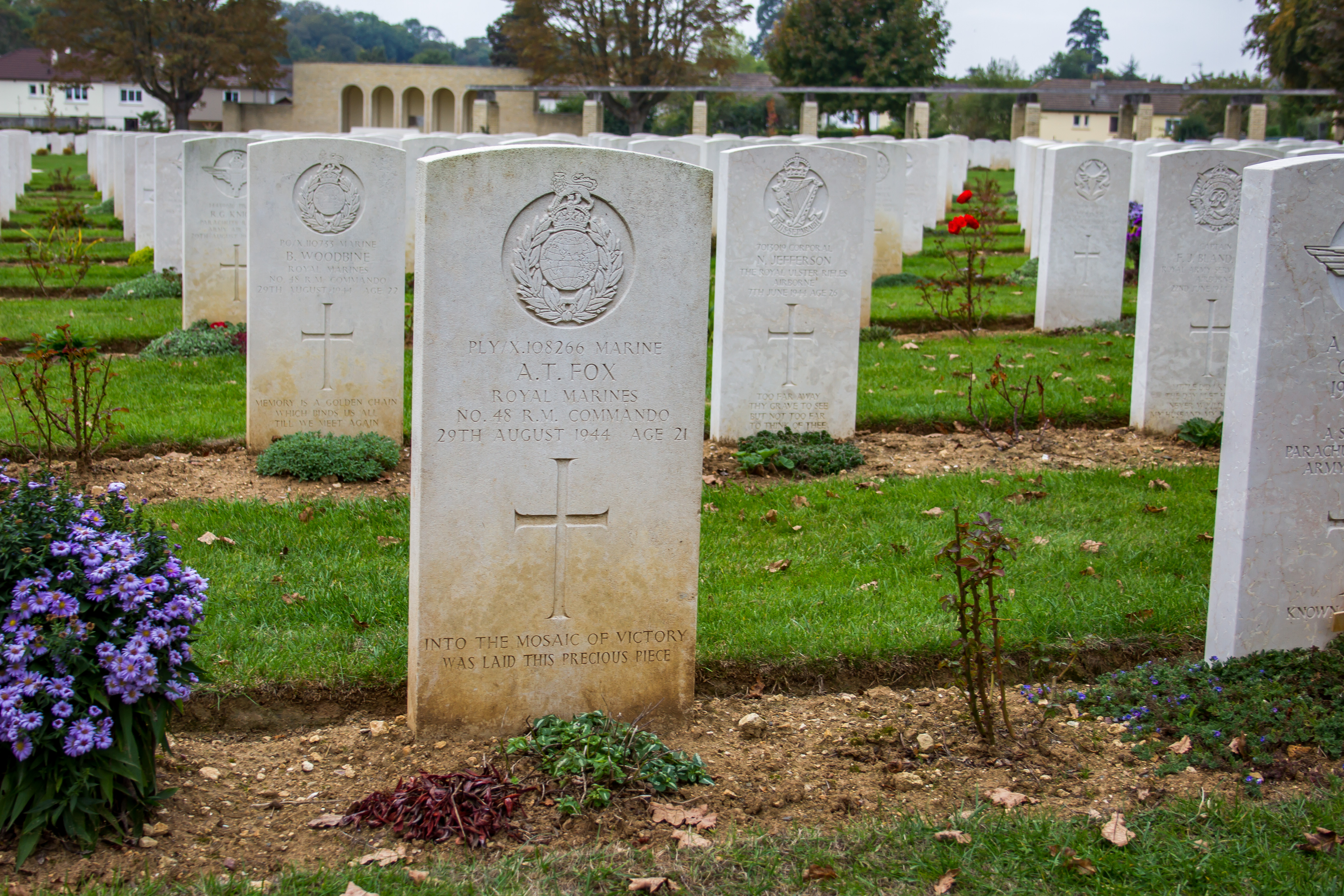
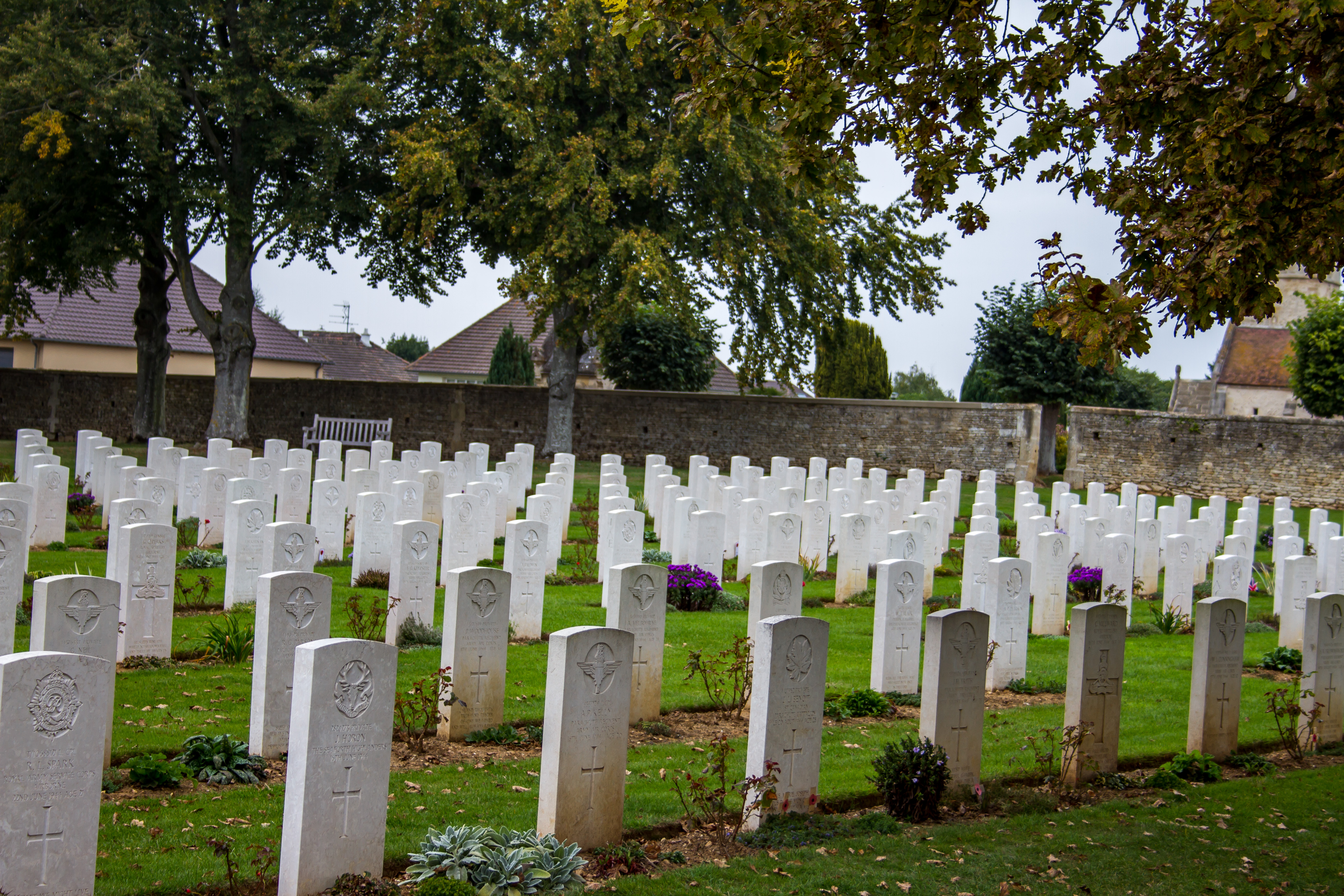
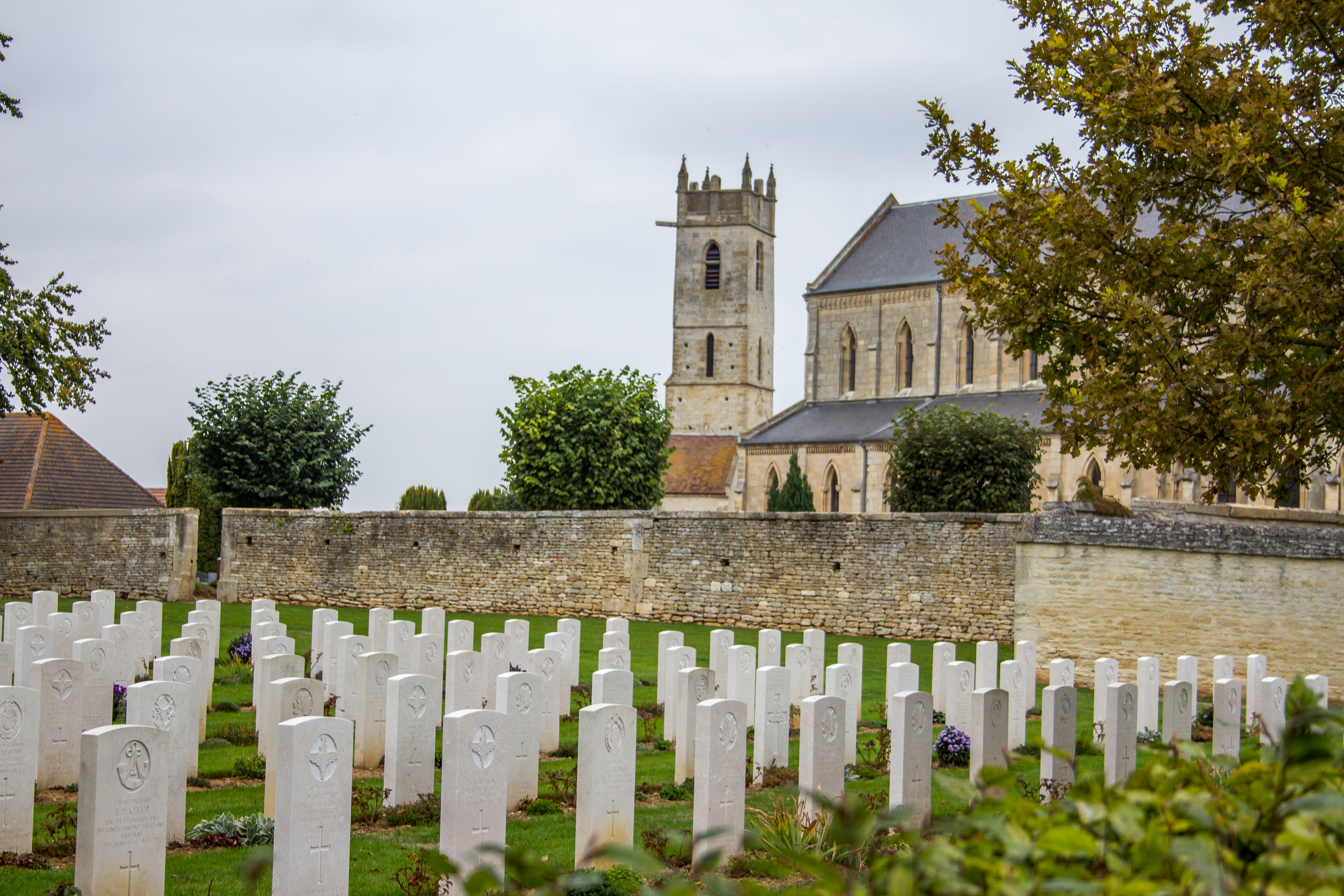
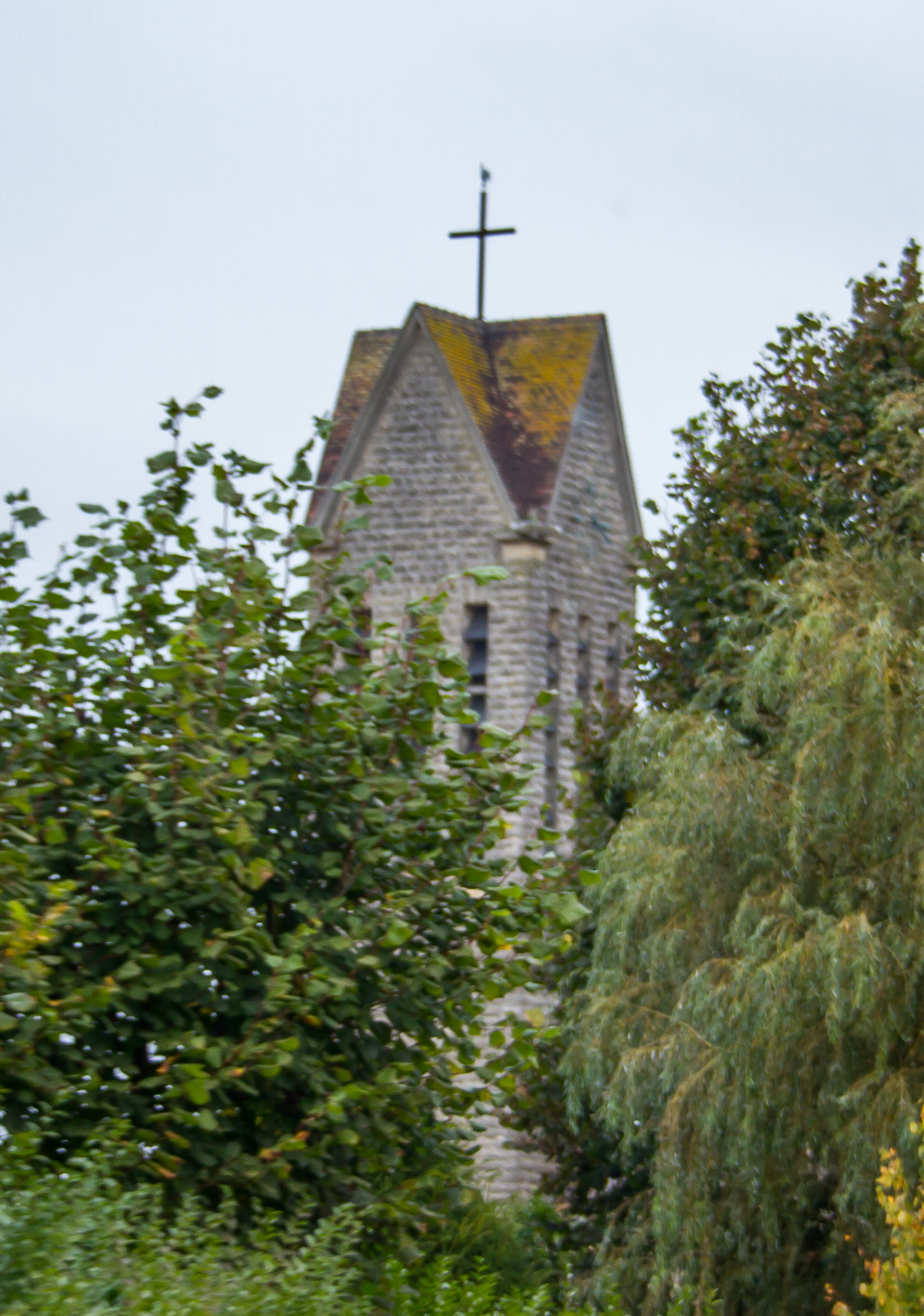
Many towns had these tributes.
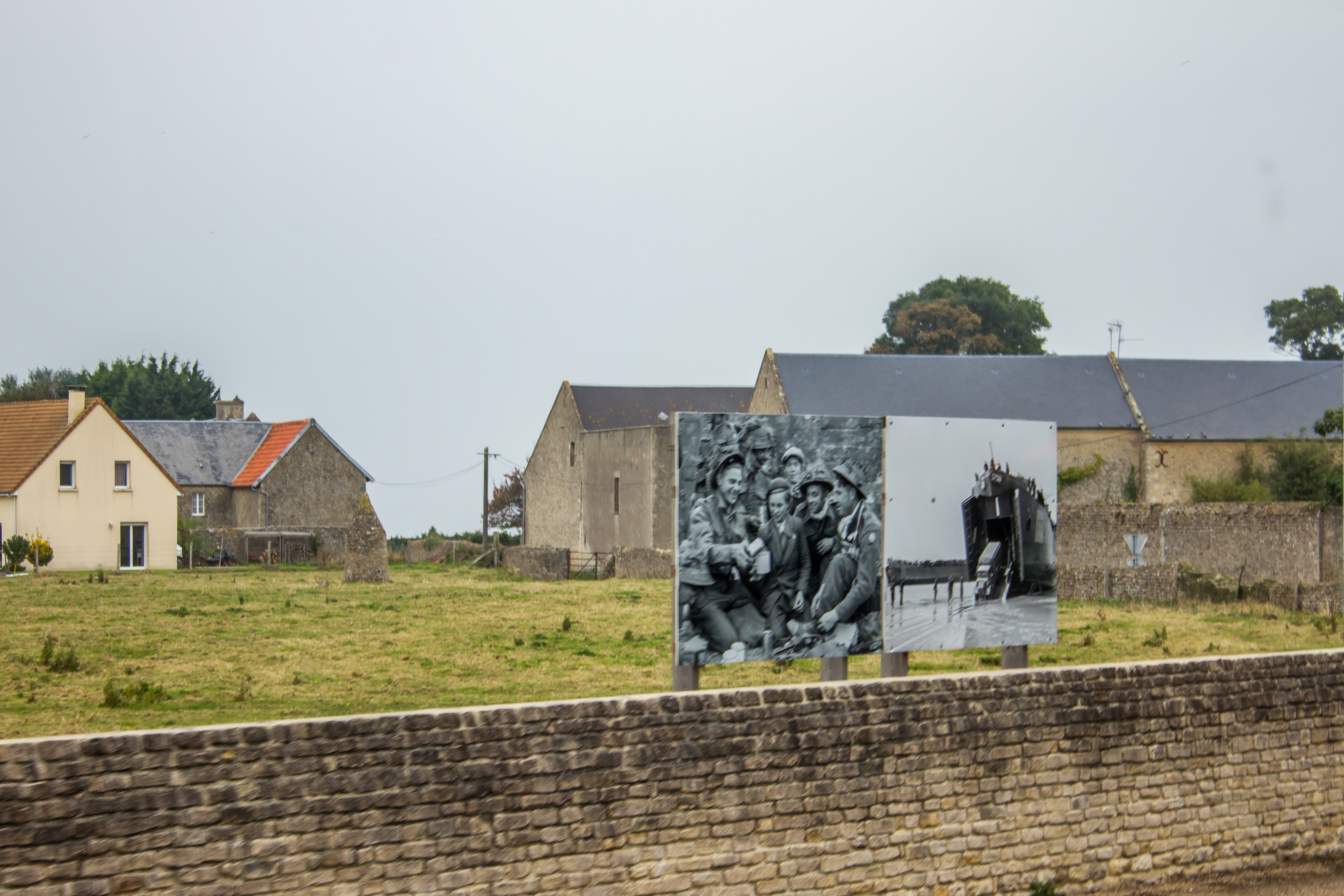
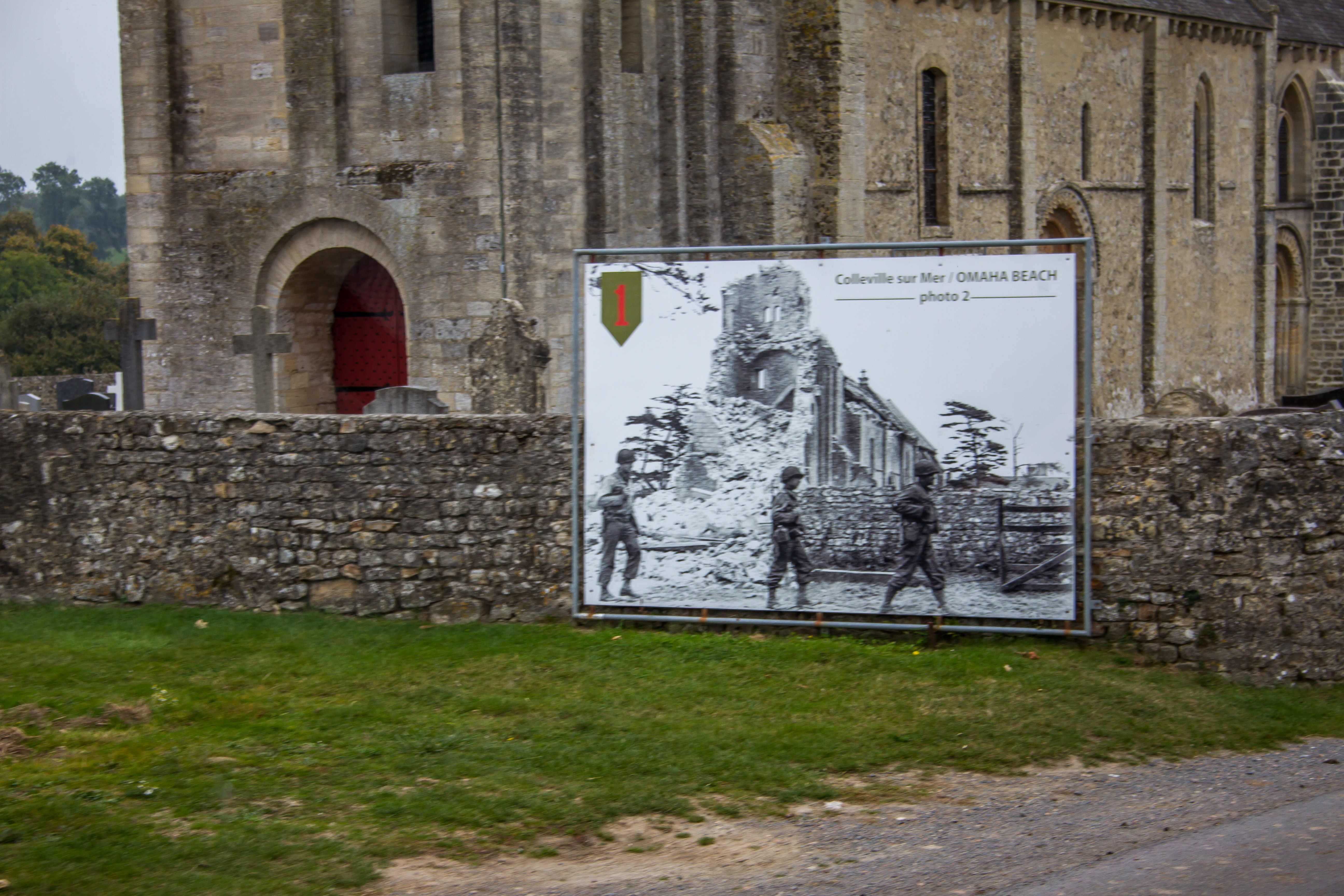
Great day. Sad but great.
Every time the bus driver started the bus he had to do a breath analysis. Turn key, blow into the machine and if 0% alcohol, the bus would start.

Tomorrow is Get Off My Ship Day! But HA! I don’t have to get off. I get to stay on.
Turn Around Day – Southampton – click below to go there.